The first decade of the 20th century was a period of significant growth and development for Houston, setting the stage for its transformation into a major urban center in the United States. This era, from 1900 to 1909, was characterized by economic diversification, infrastructural advancements, and the beginnings of the city’s role as a key player in the emerging oil industry.
Post-Galveston Hurricane and its Impact on Houston
The decade began in the aftermath of the devastating 1900 Galveston Hurricane, the deadliest natural disaster in U.S. history at the time. This tragedy indirectly benefited Houston, as many saw the inland city as a safer location for investment and development. Efforts to rebuild the region included strengthening Houston’s infrastructure and establishing it as a safer, more viable port than Galveston, which had been the region’s leading port before the hurricane.
Economic Growth and the Rise of the Oil Industry
The discovery of oil at Spindletop near Beaumont in 1901 had a profound impact on Houston’s economy. Although the initial discovery was closer to Beaumont, Houston’s strategic position with its railroads and port facilities made it a natural hub for the burgeoning oil industry. This period saw the city’s first steps towards becoming the energy capital of the world, with businesses related to oil production, refining, and shipping starting to take root in the city.
Development of the Houston Ship Channel
Recognizing the need for a more effective transport route for the growing trade and oil industries, efforts to improve and expand the Houston Ship Channel gained momentum. Although major dredging and widening efforts would not be completed until later, the early 1900s saw significant planning and initial enhancements to the channel. This project aimed to transform Buffalo Bayou into a navigable waterway, crucial for moving goods and materials in and out of Houston.


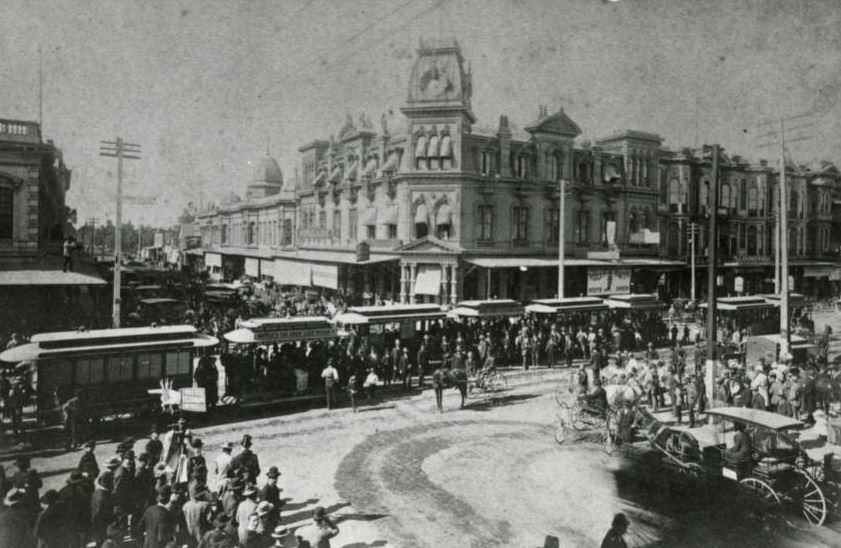
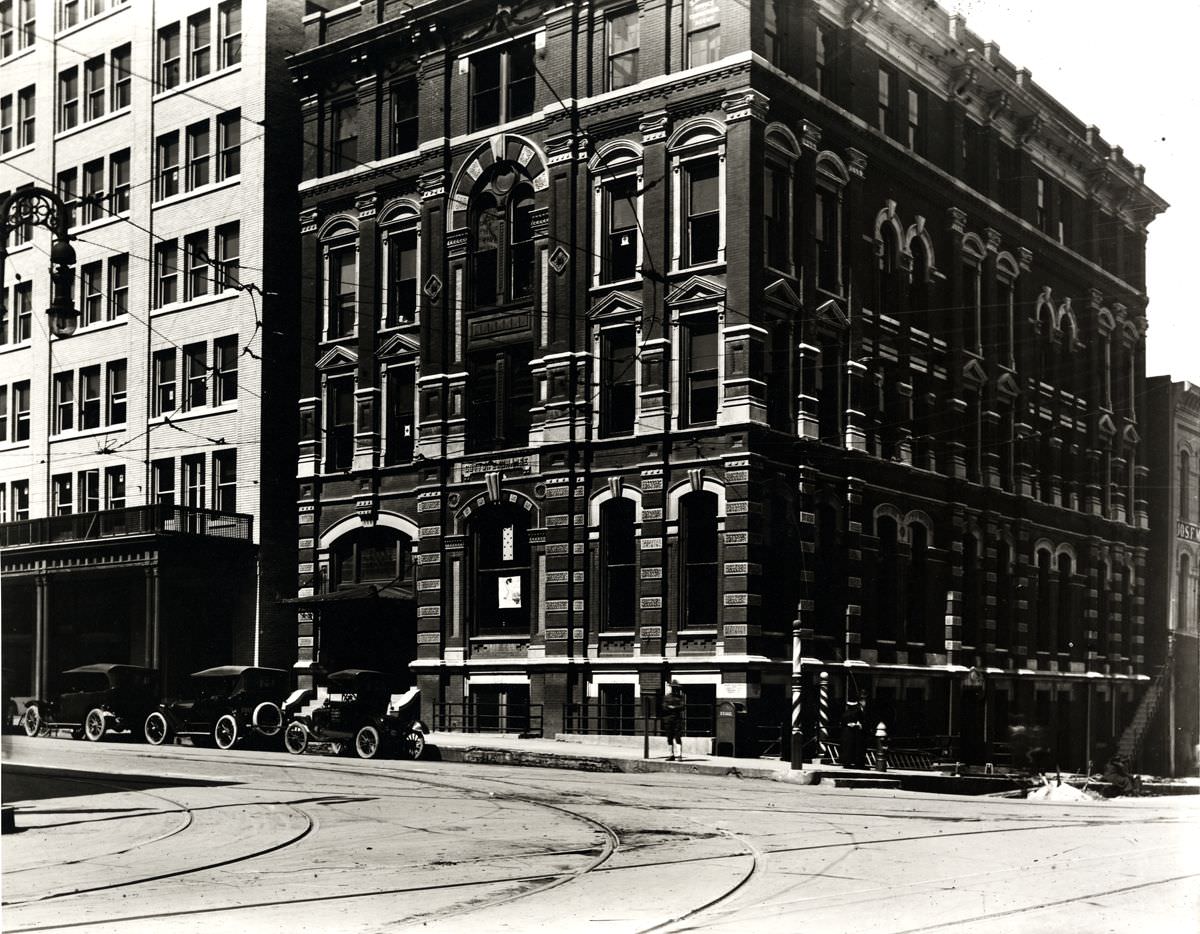
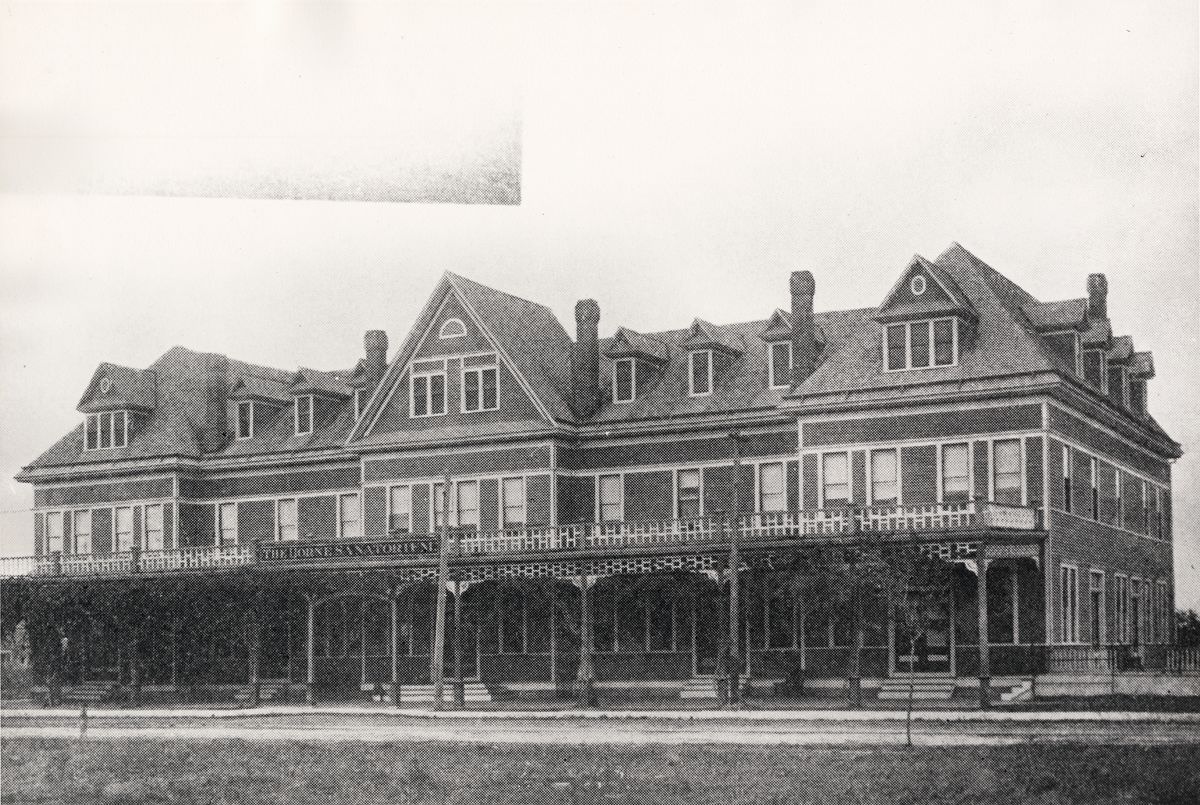
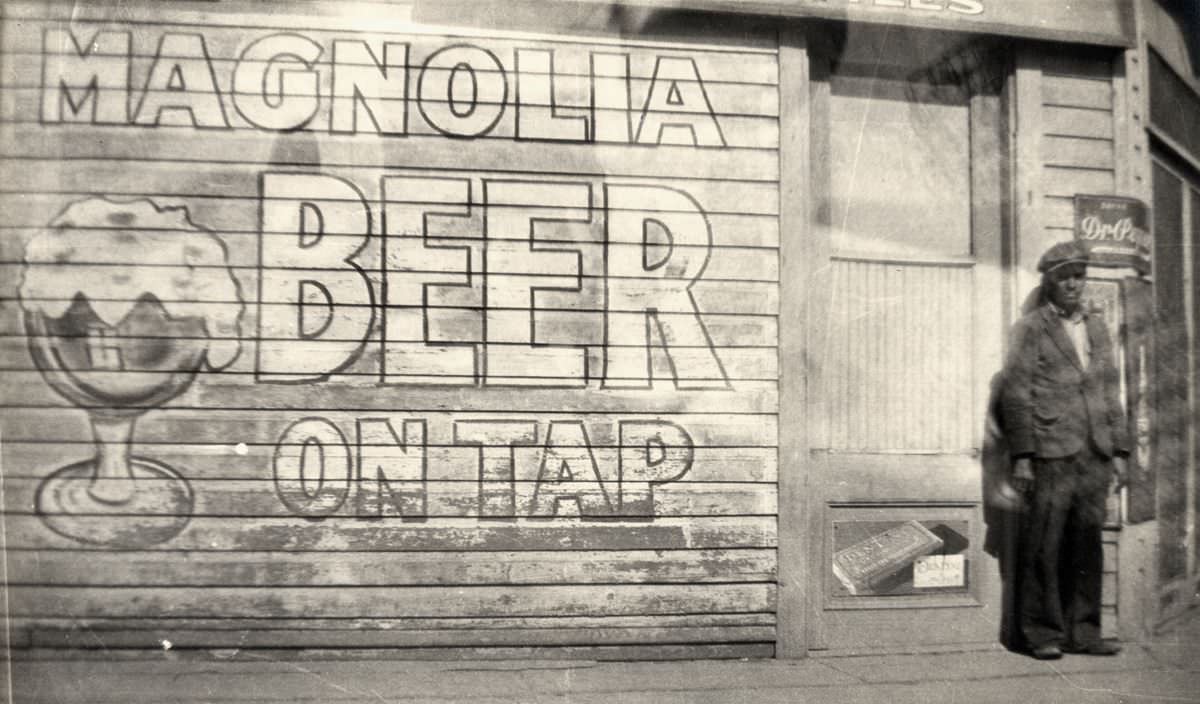
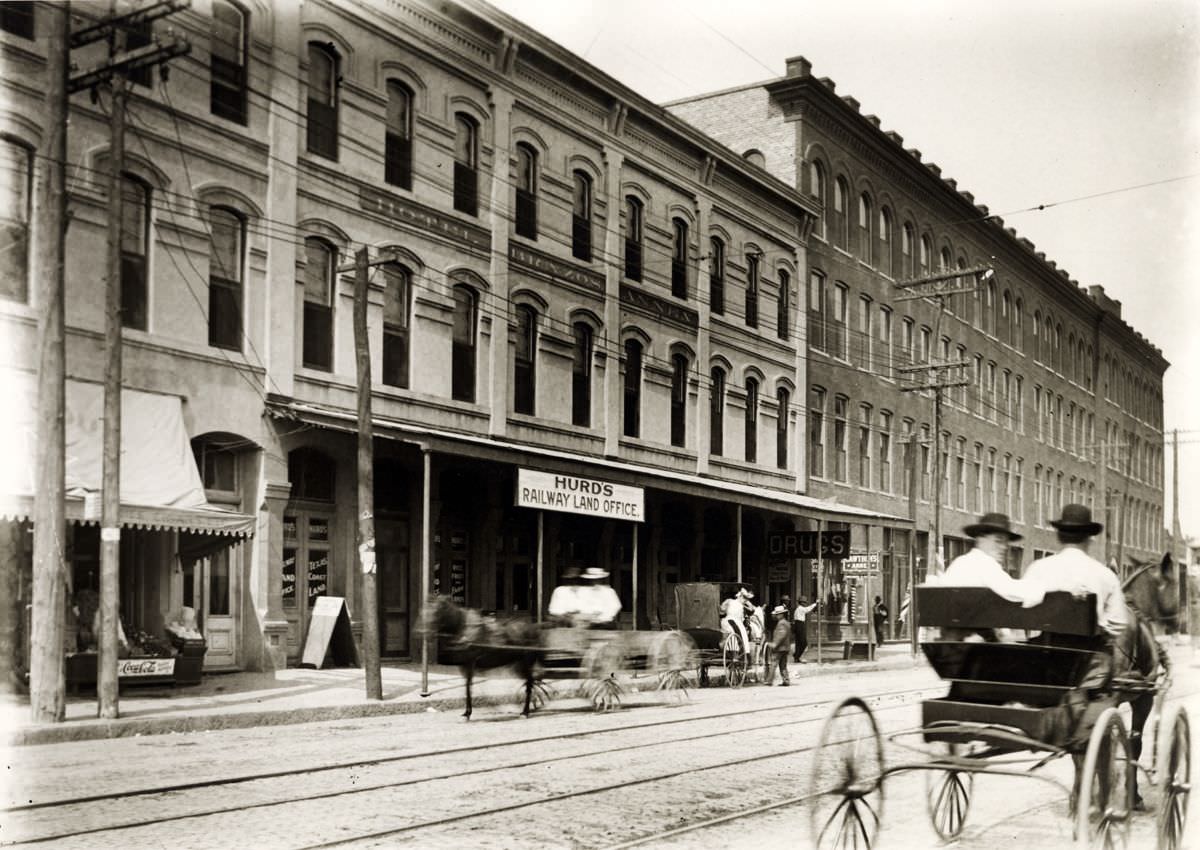
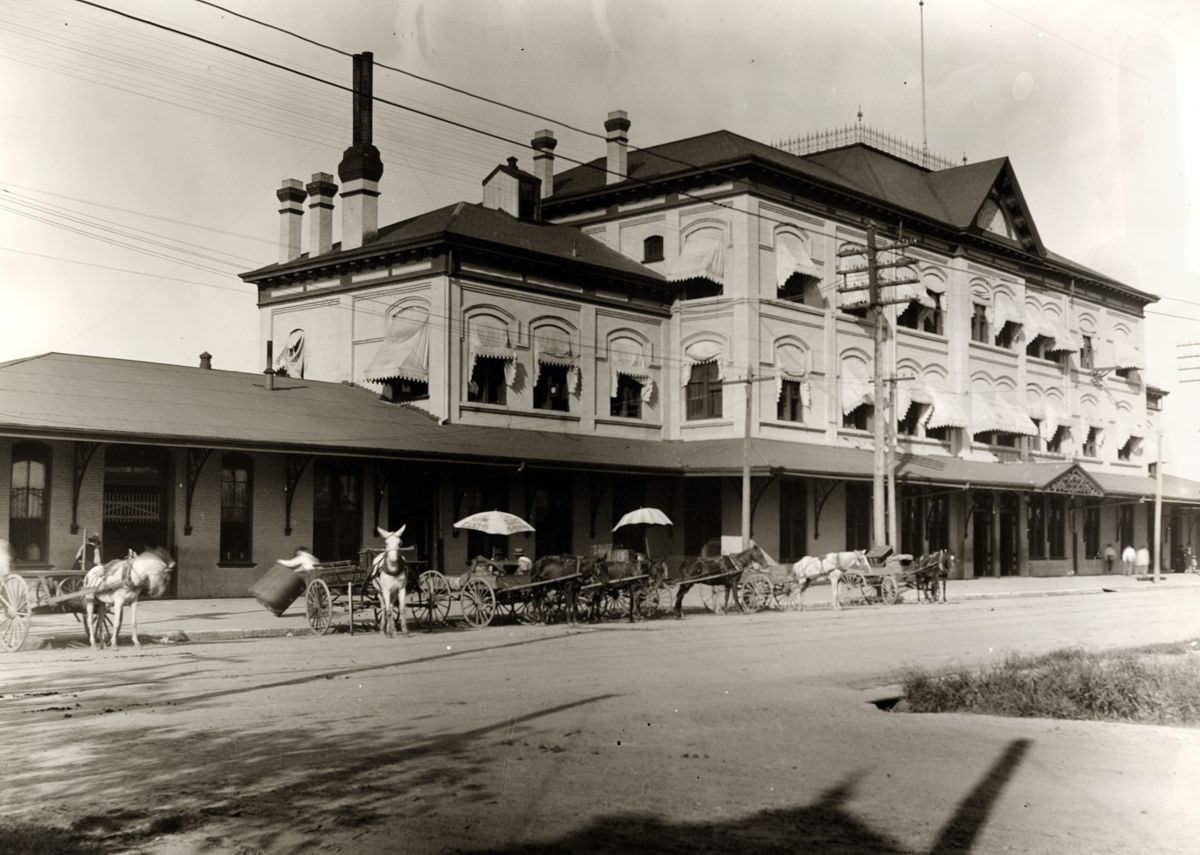
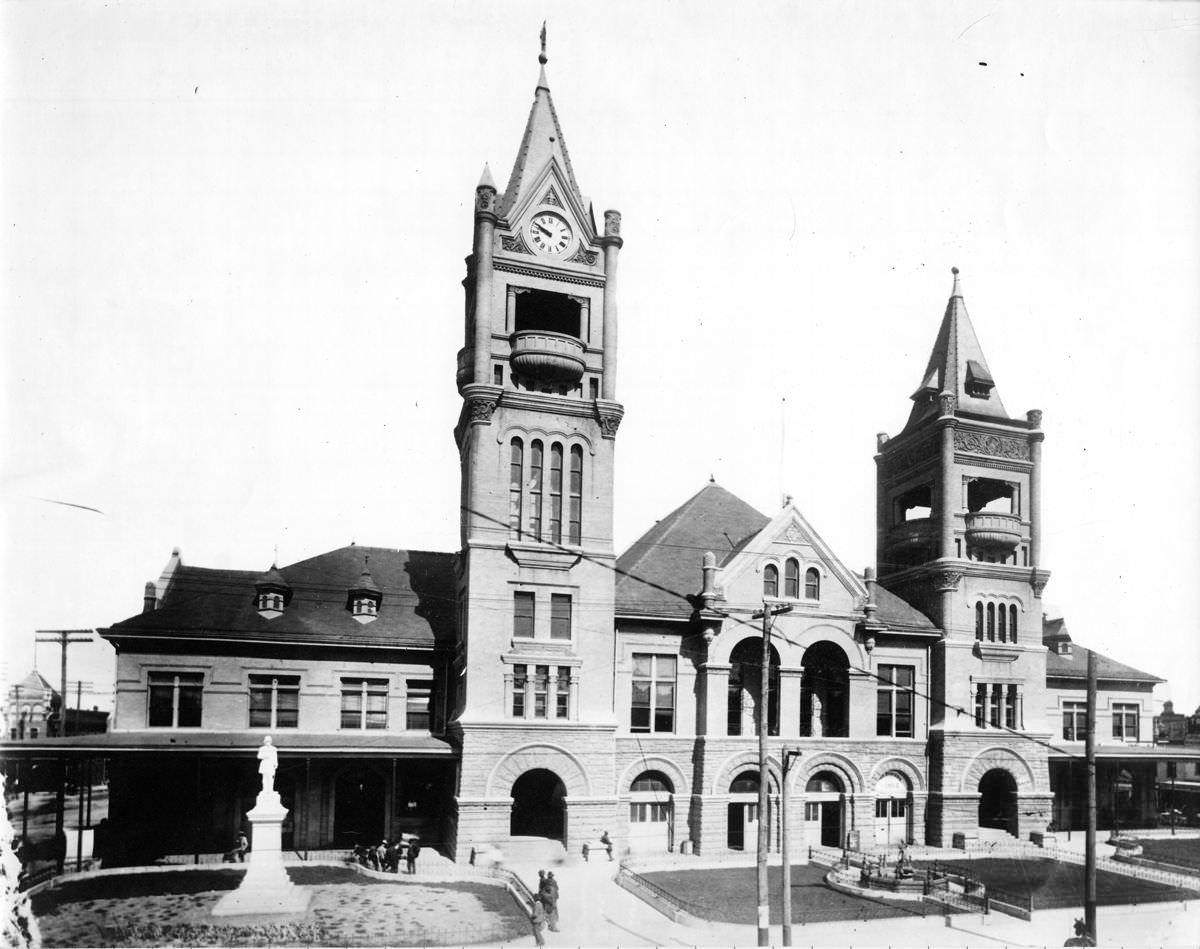
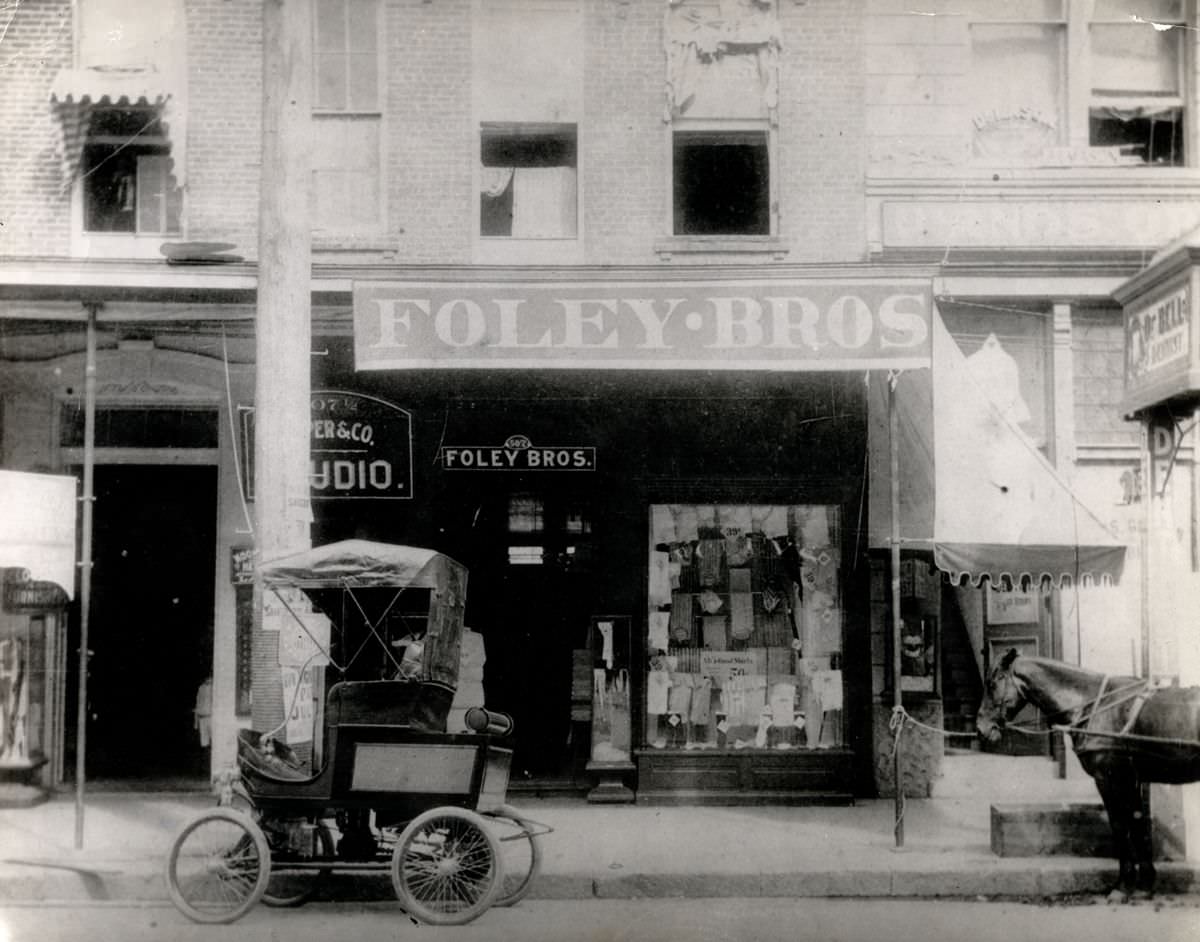
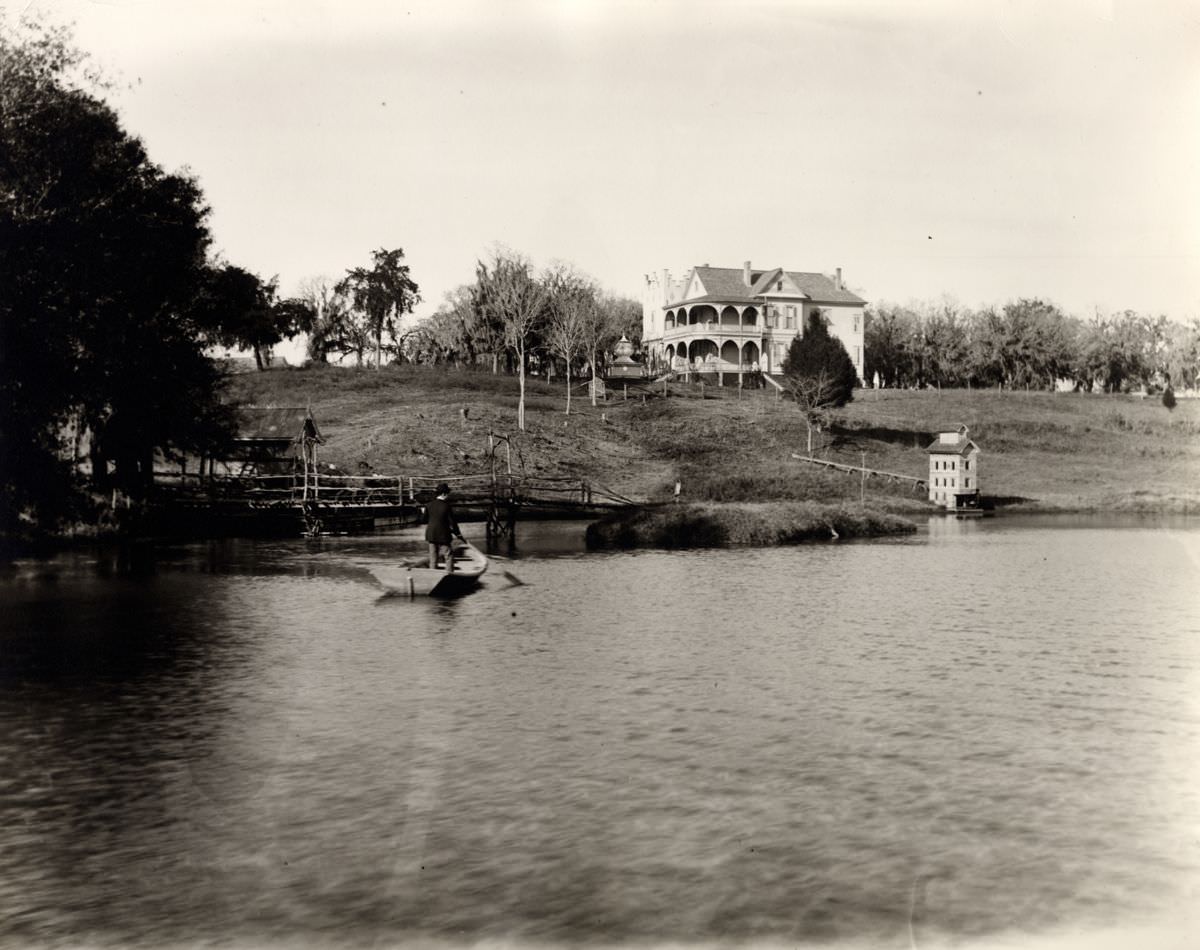
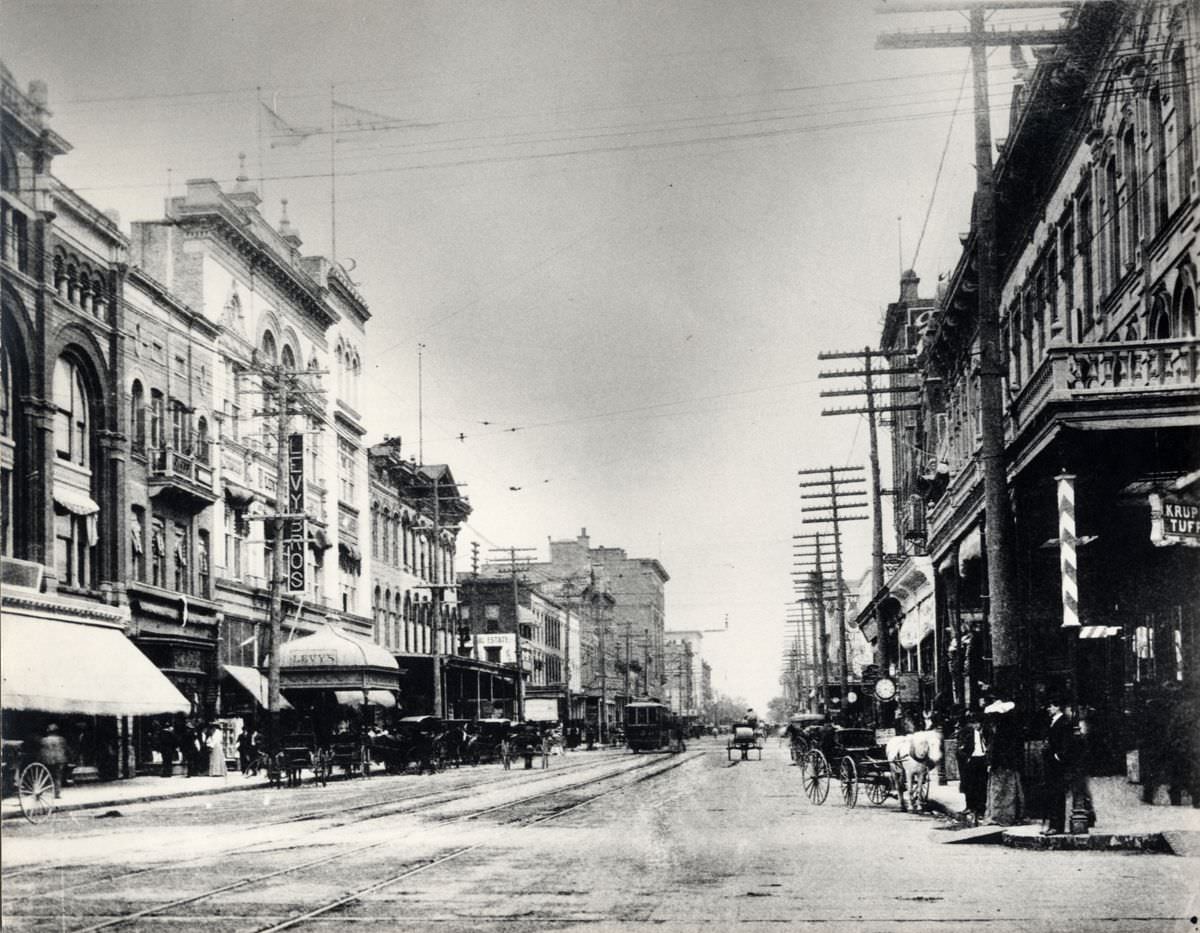
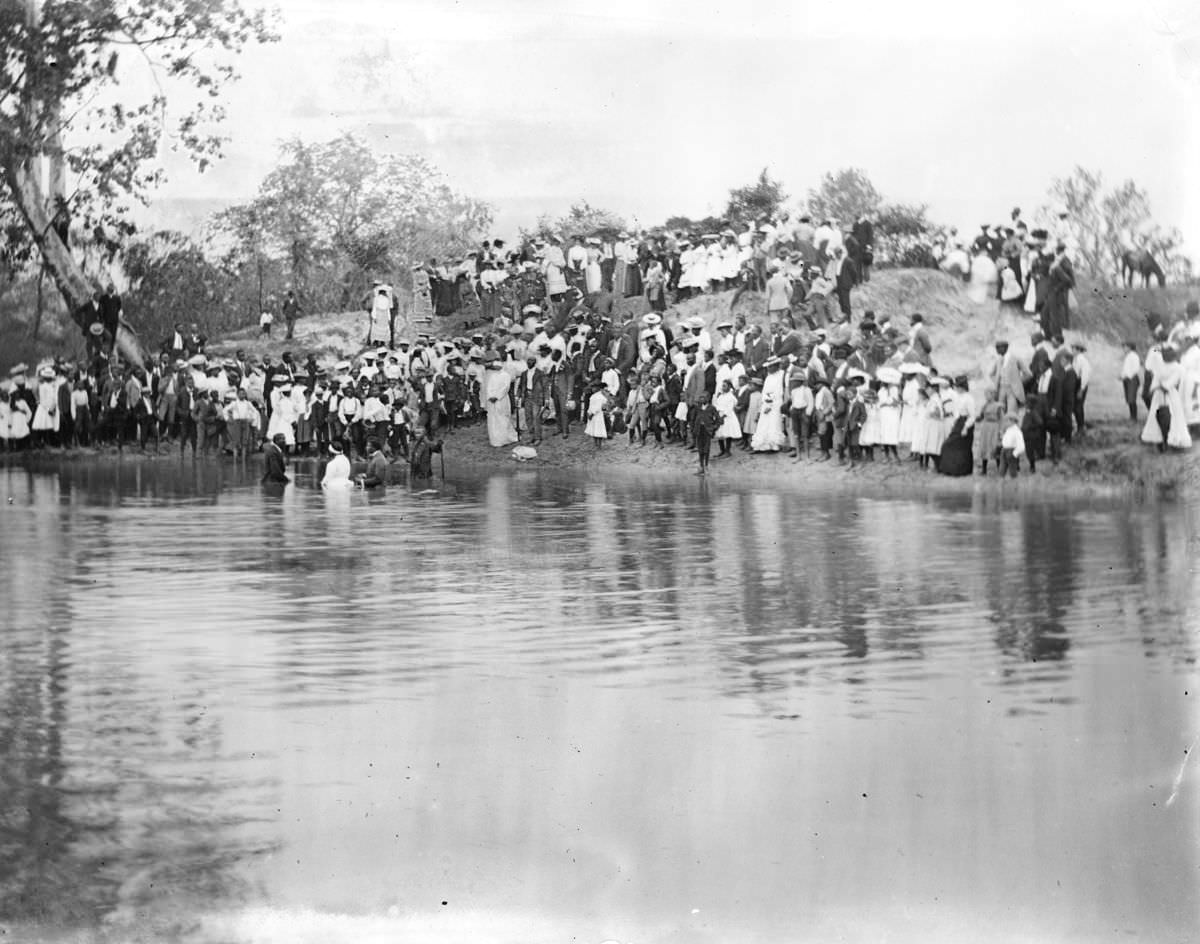
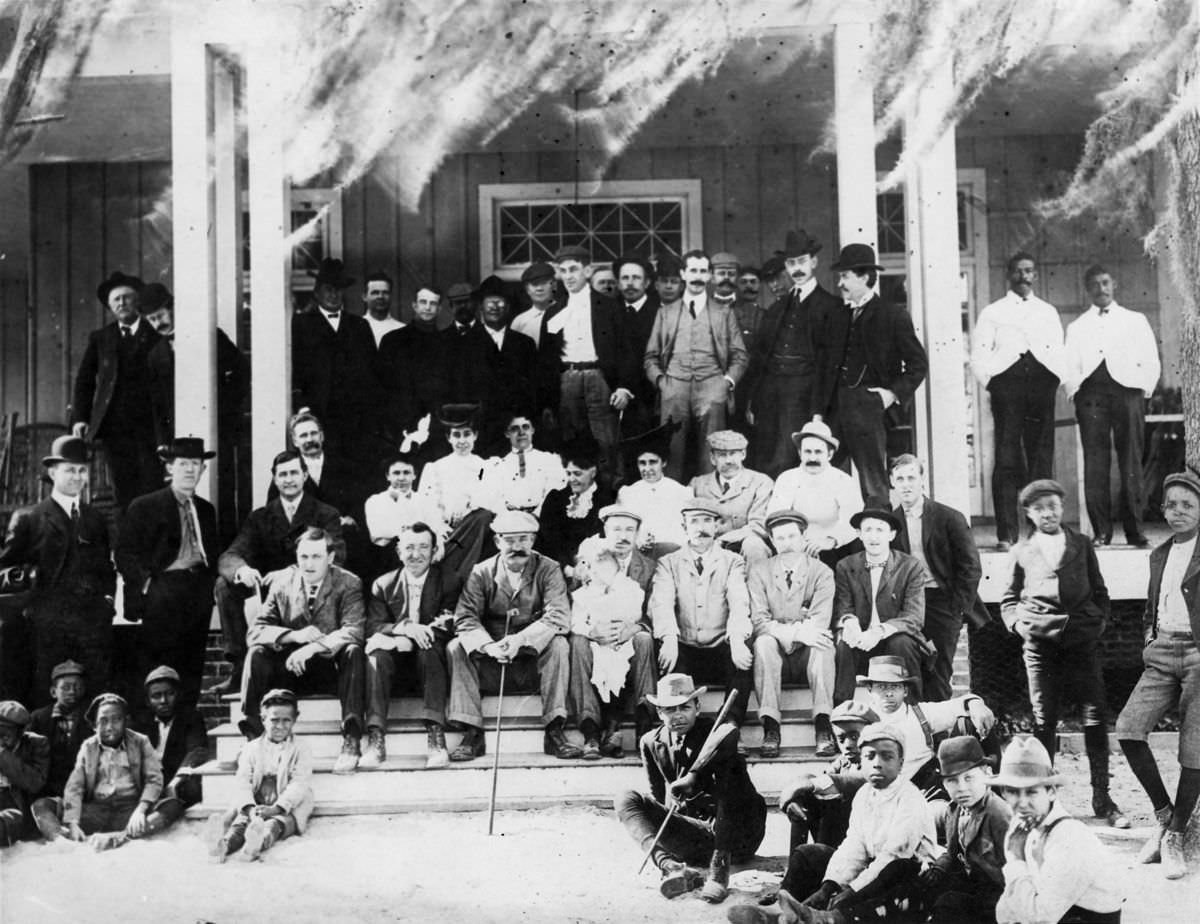
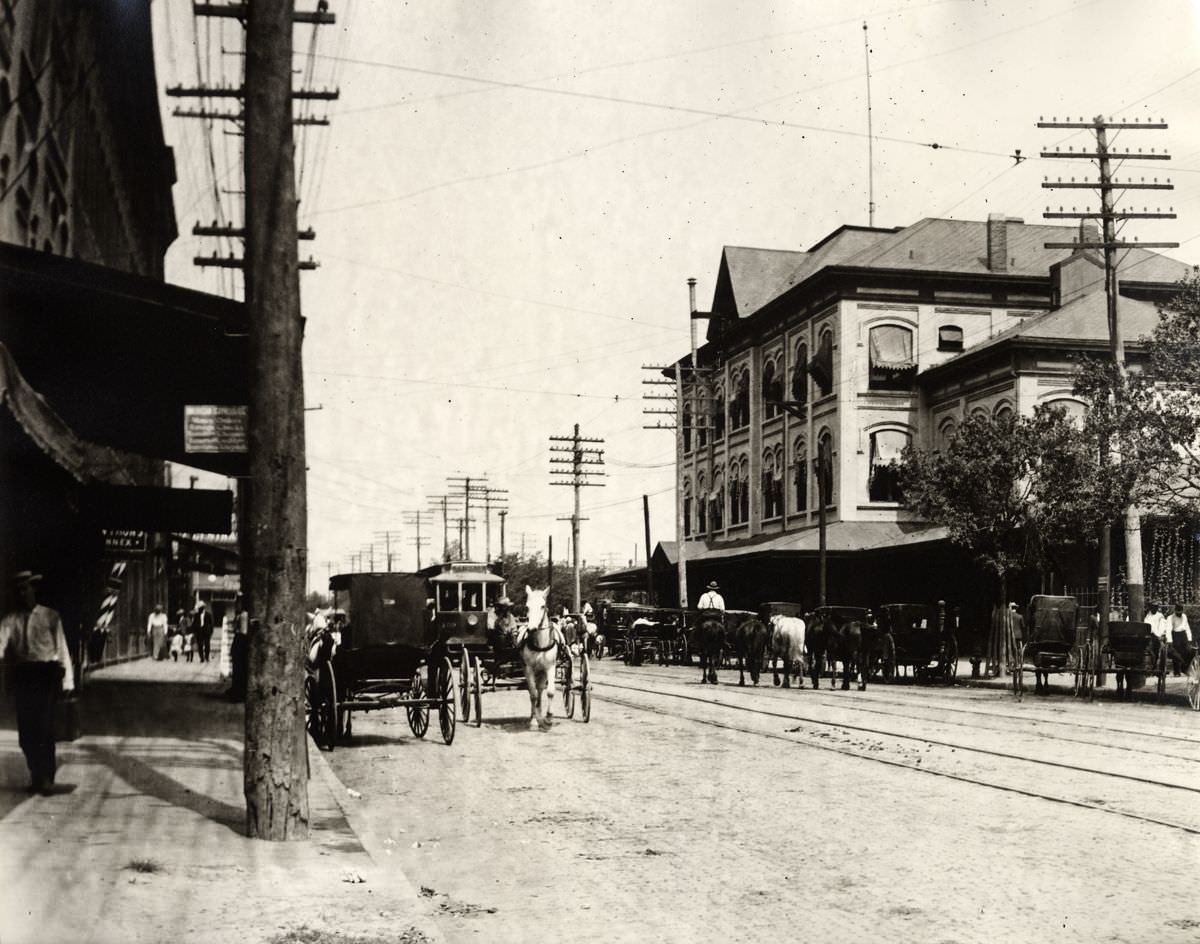
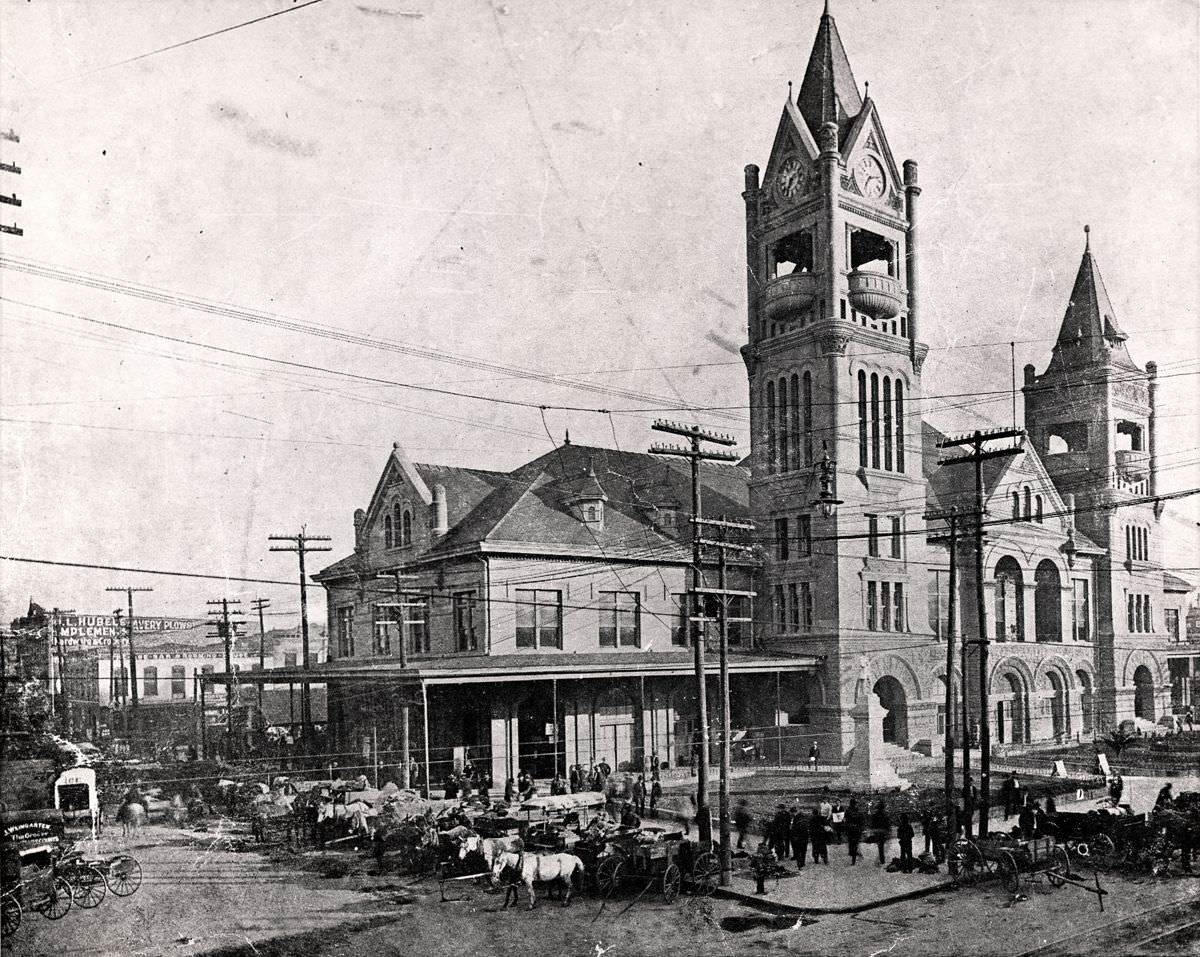
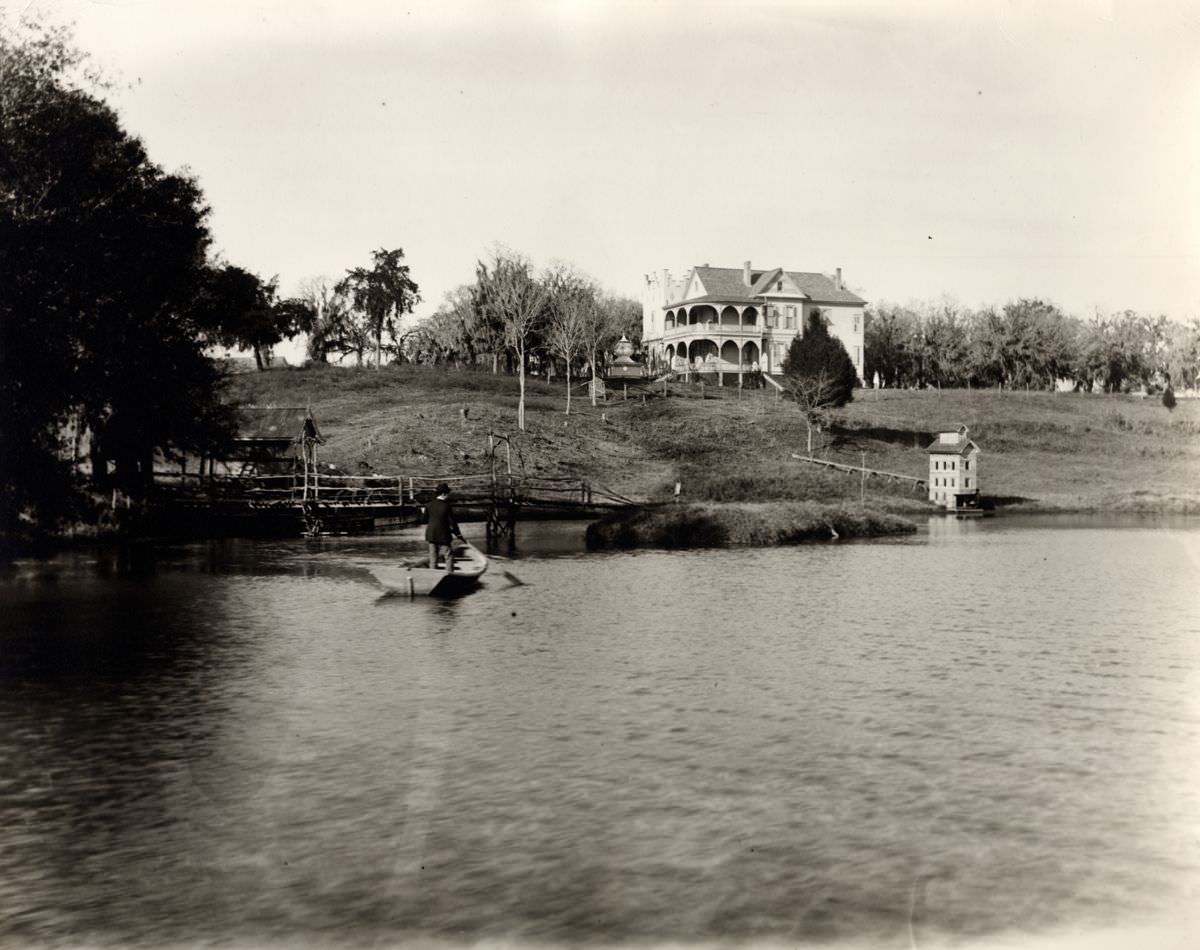
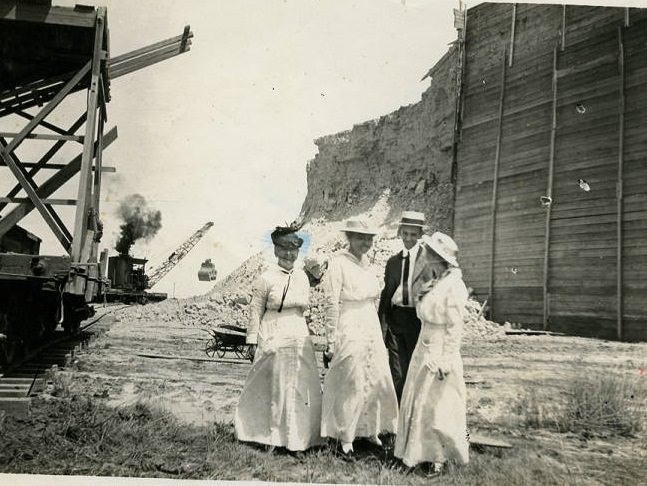
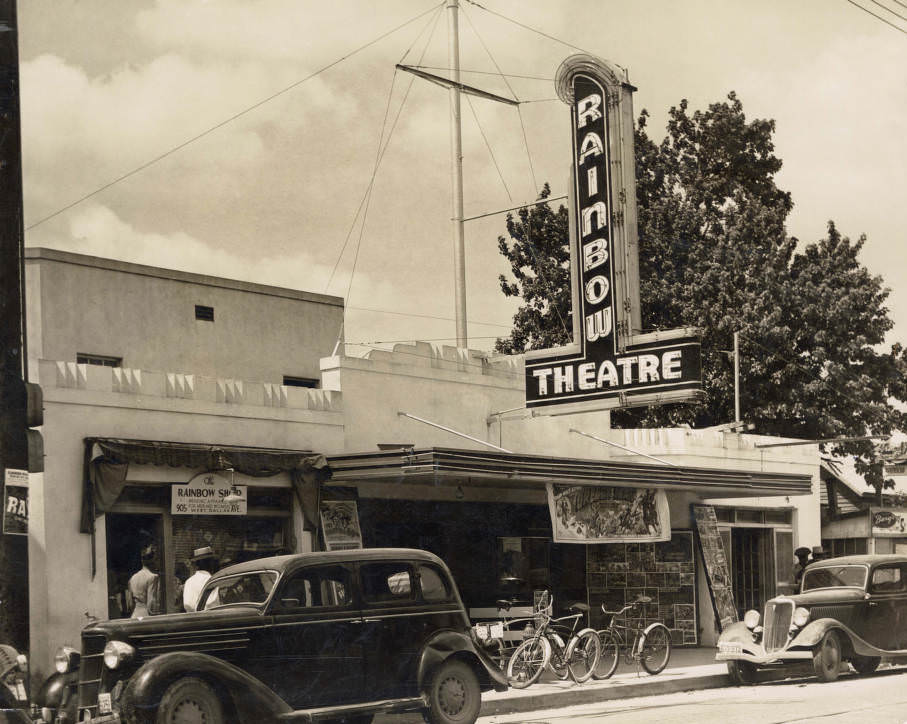
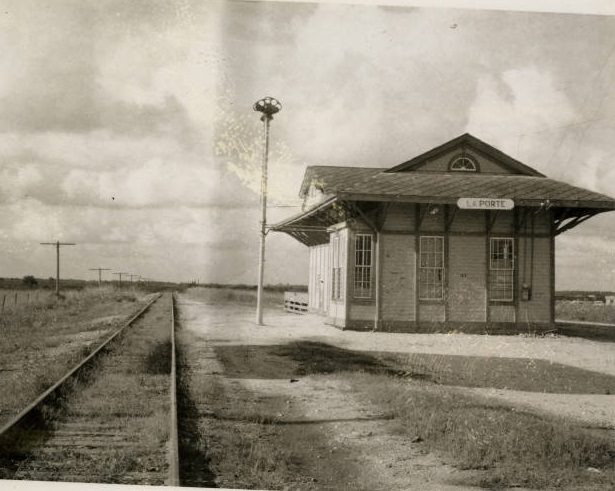
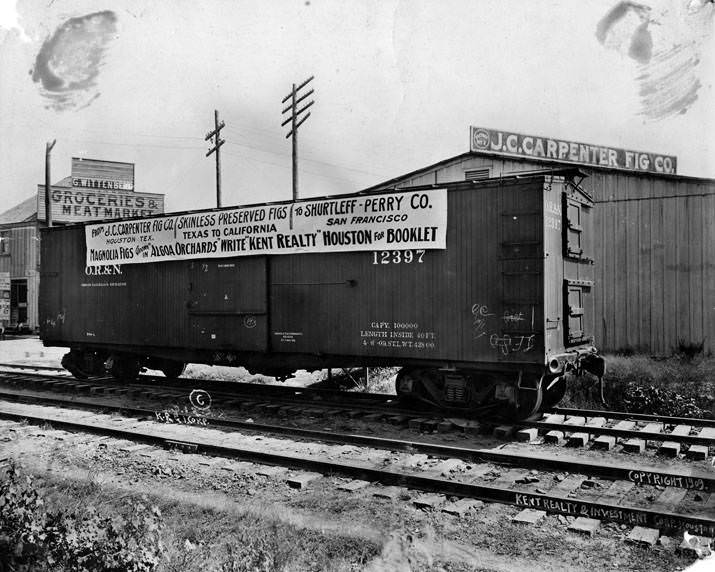
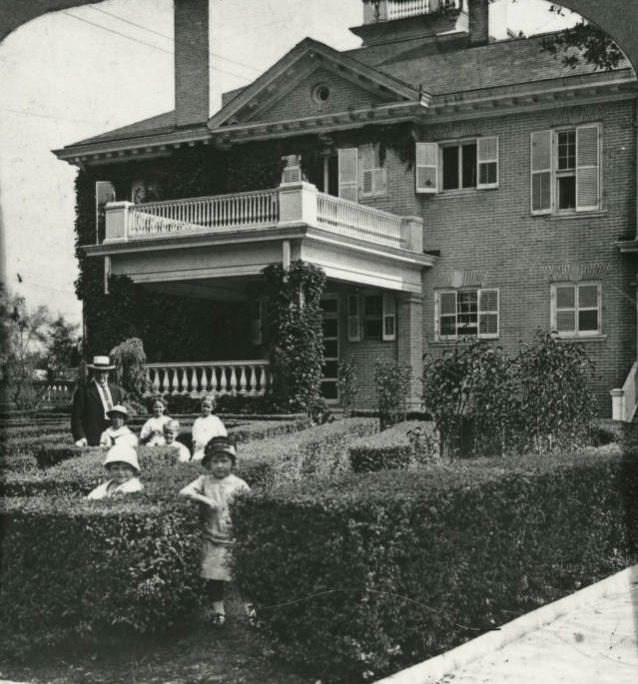
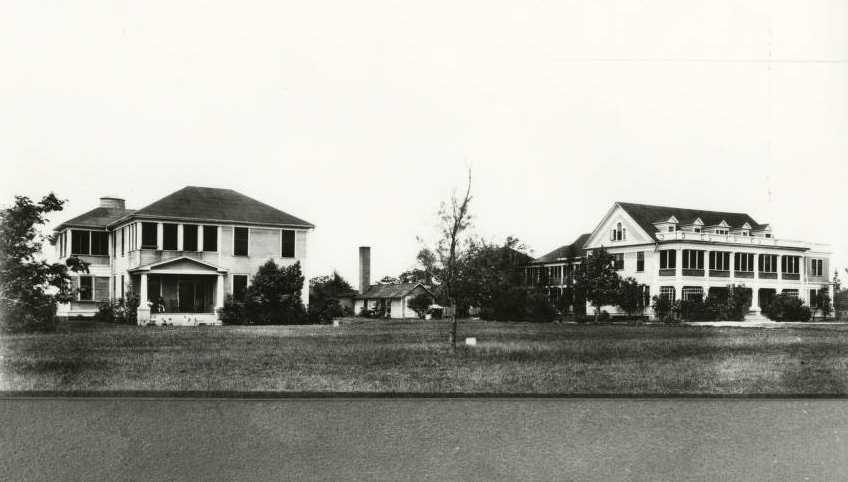
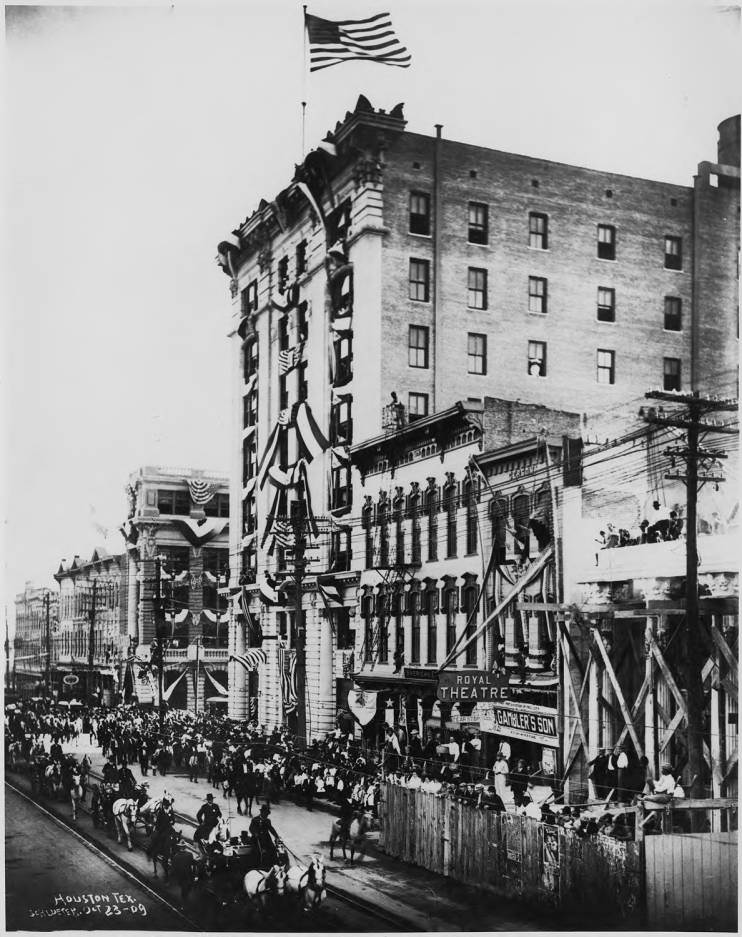
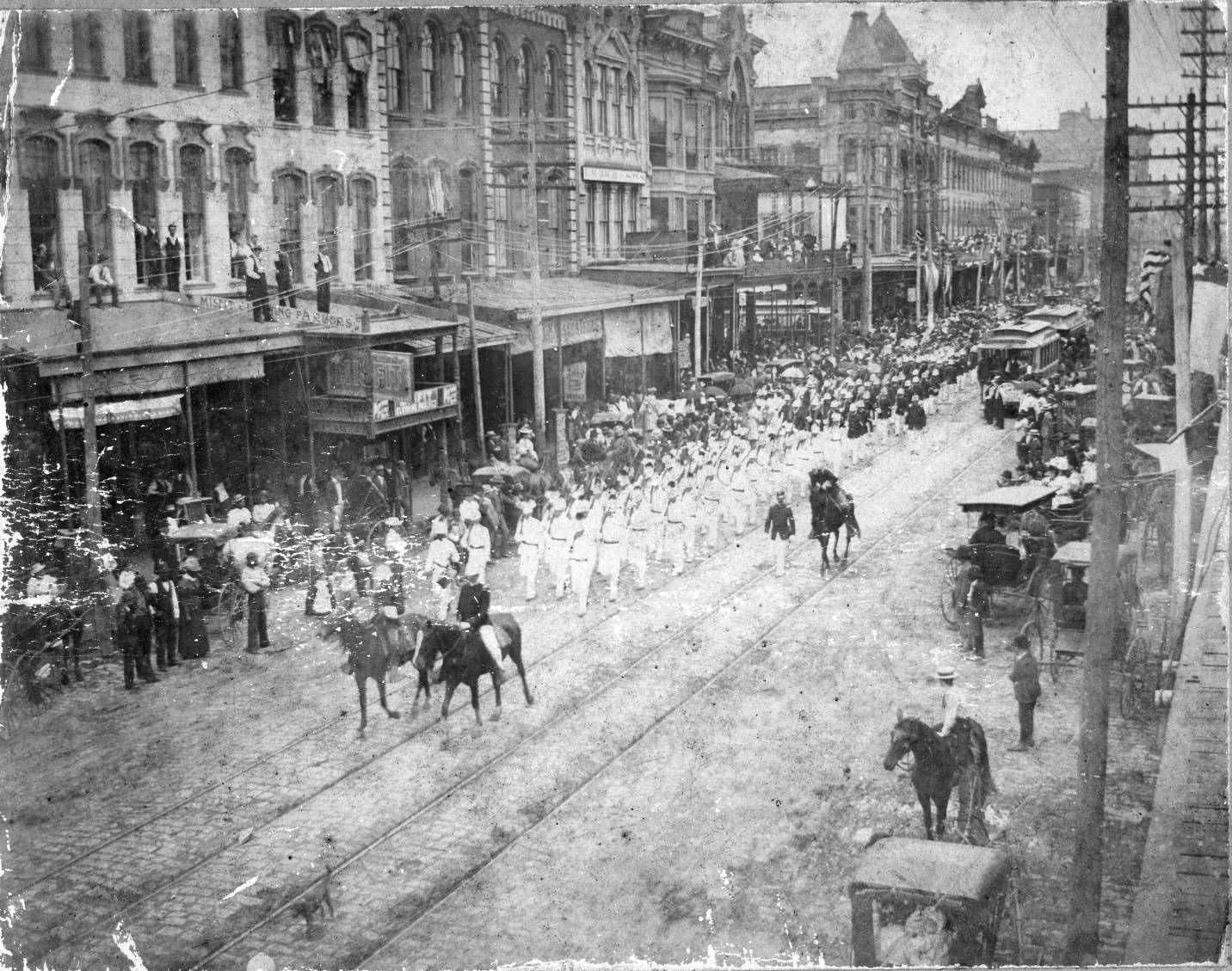
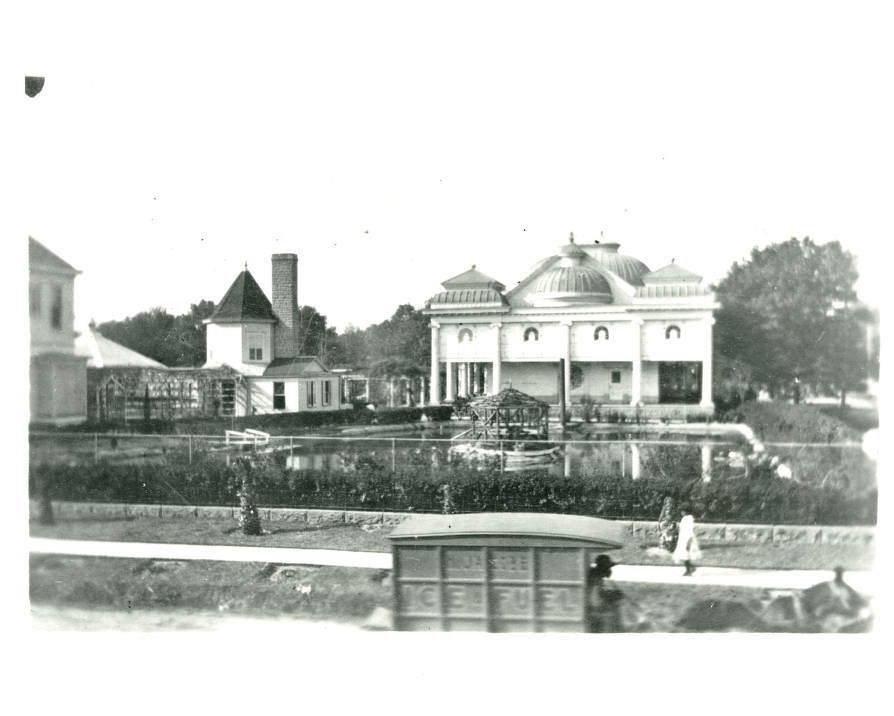
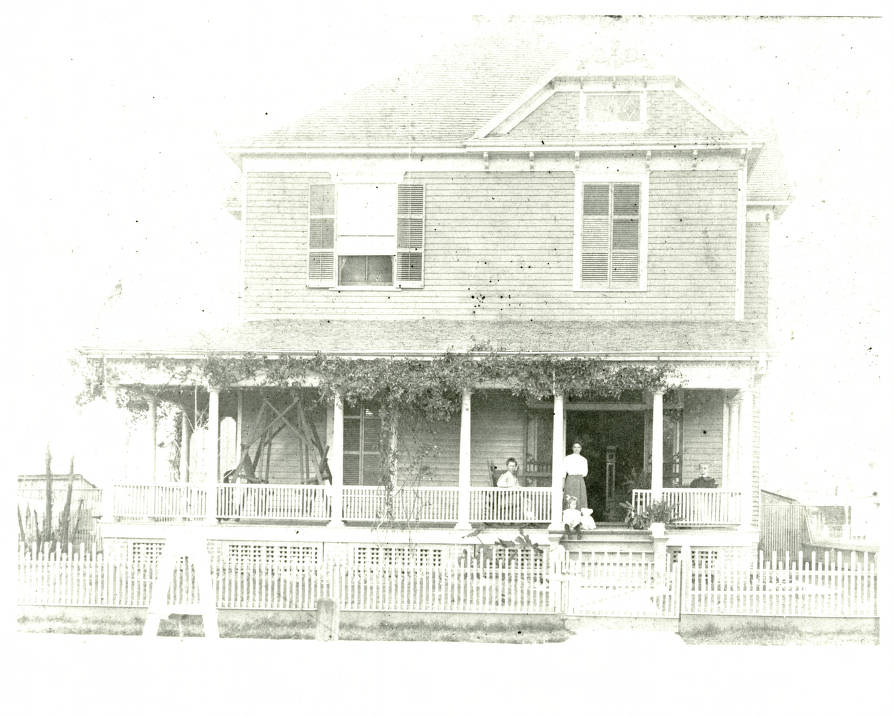
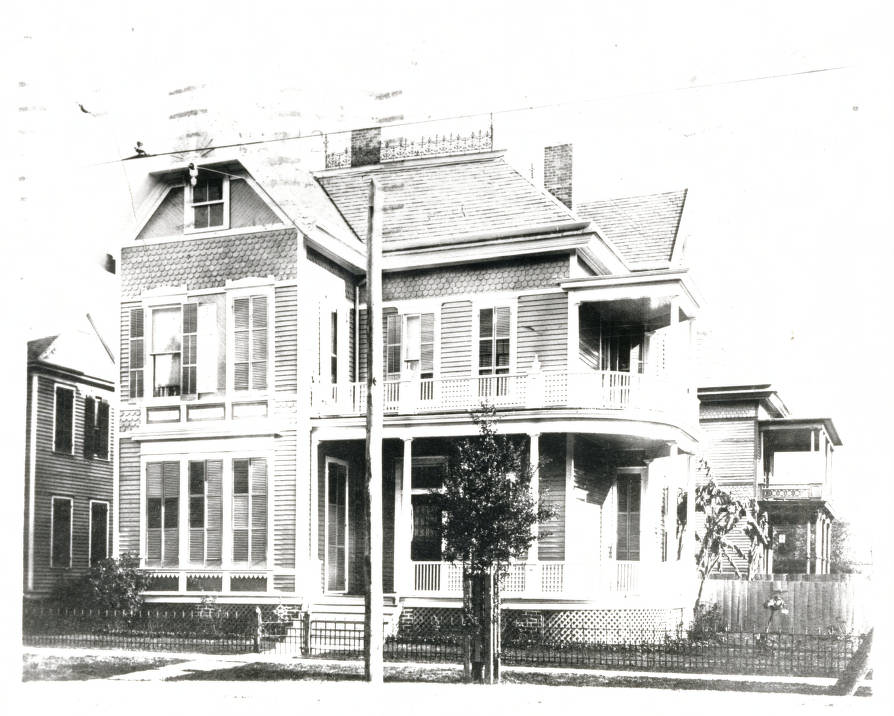
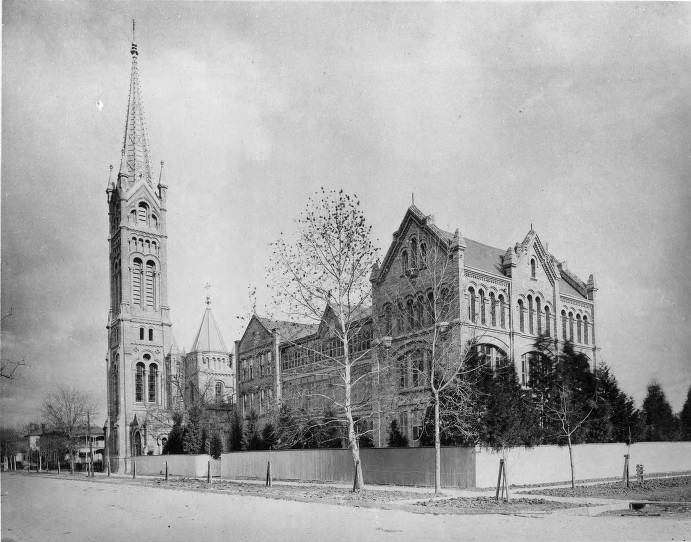
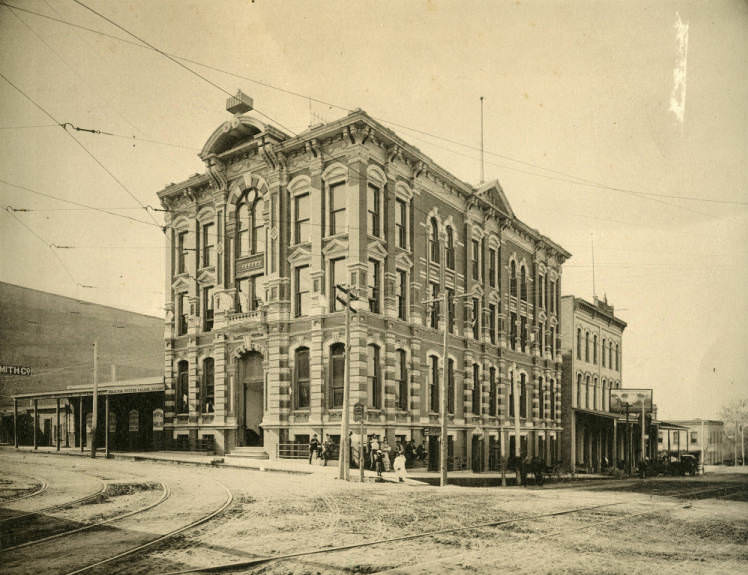
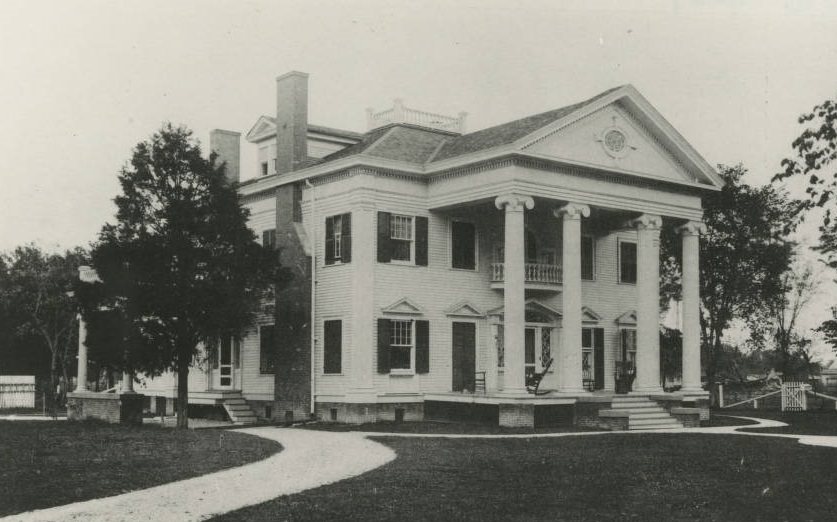
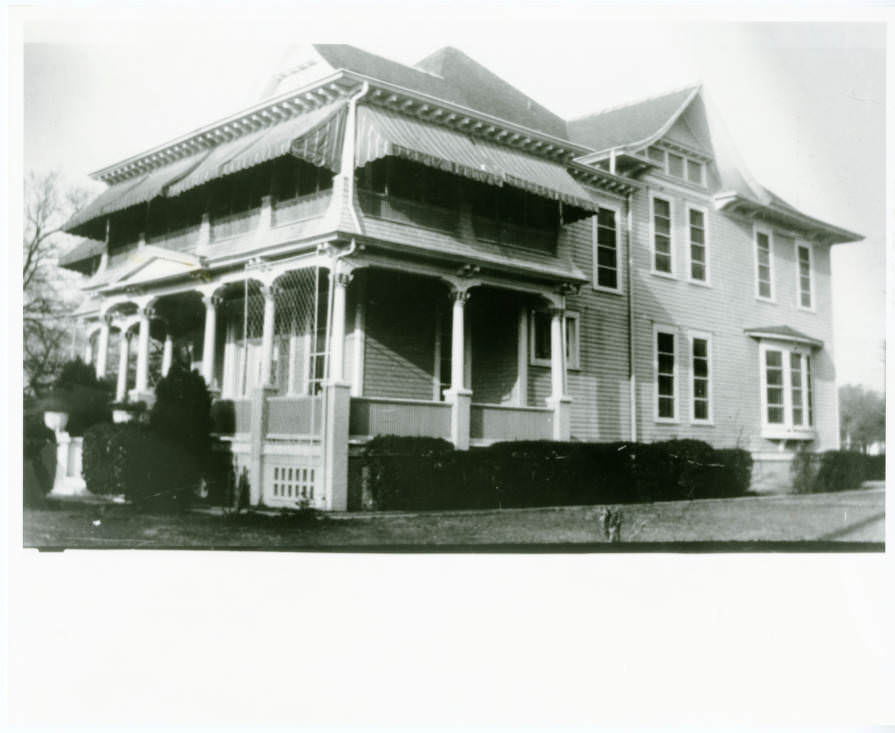
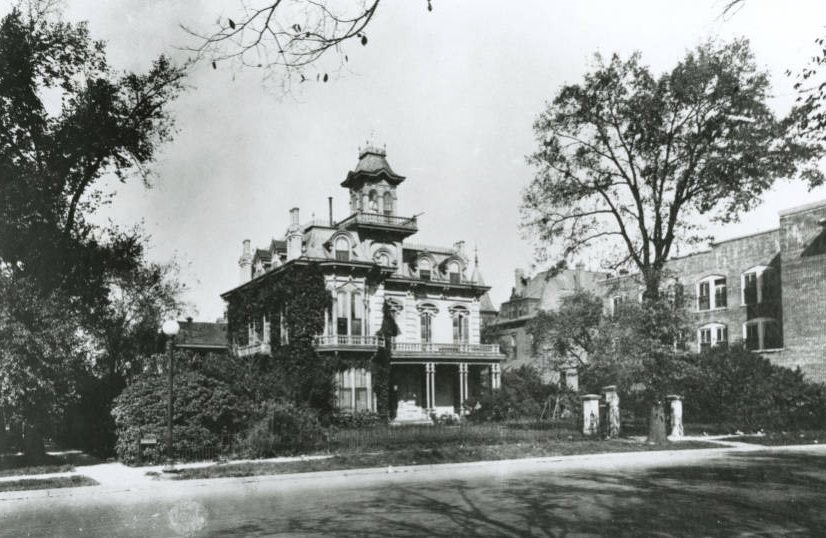

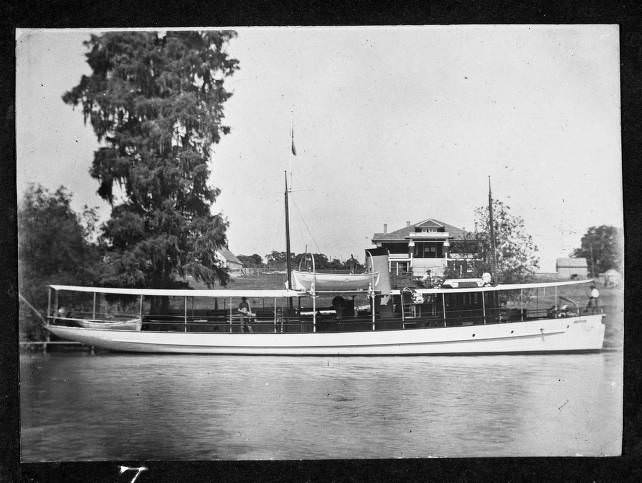
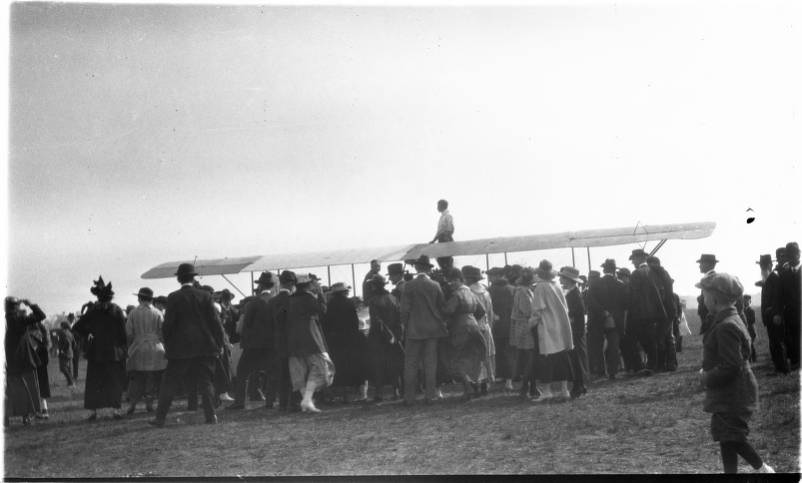
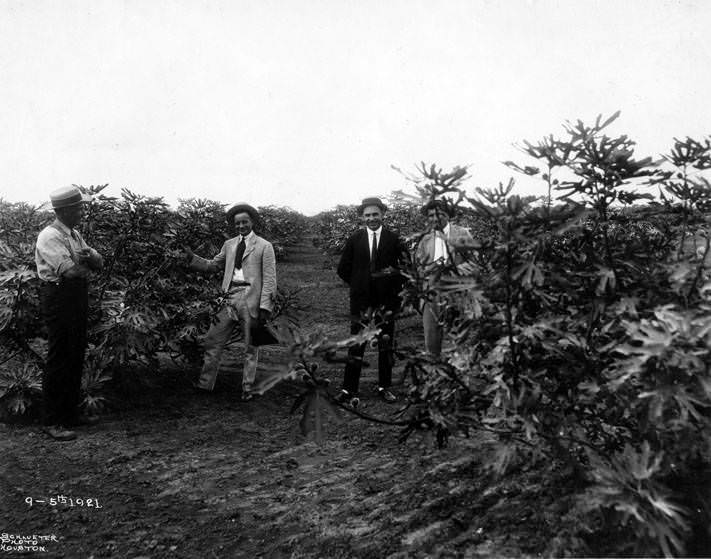
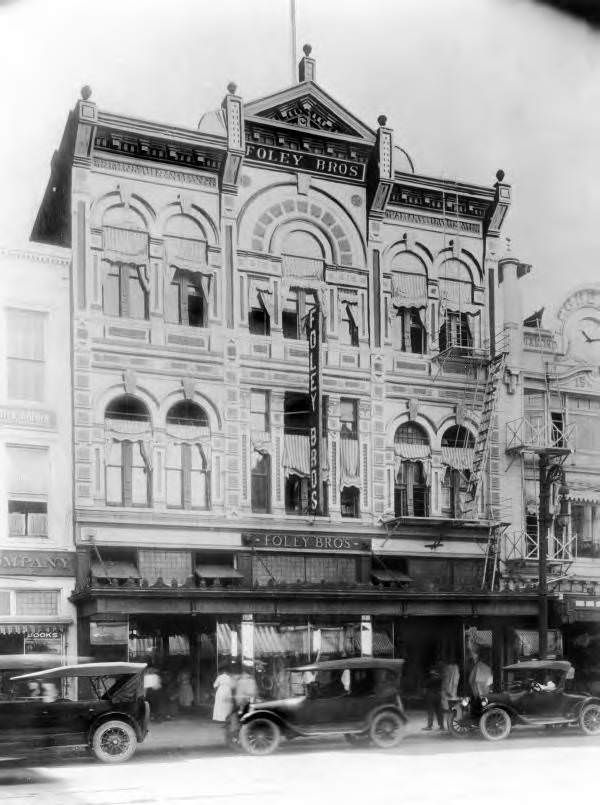
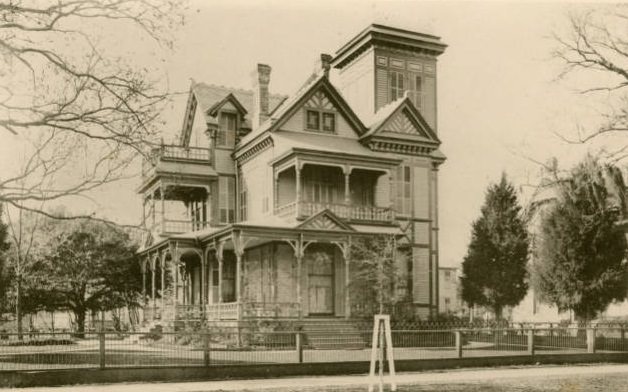
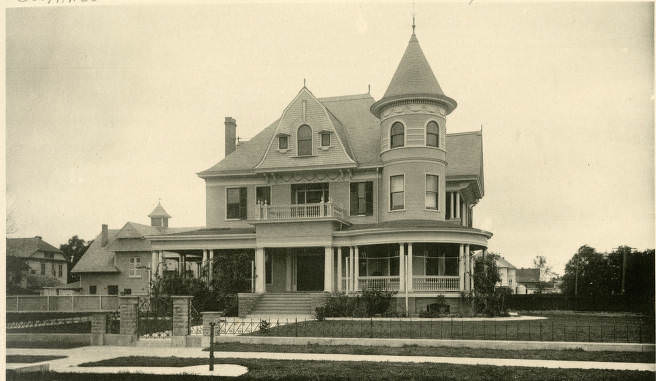
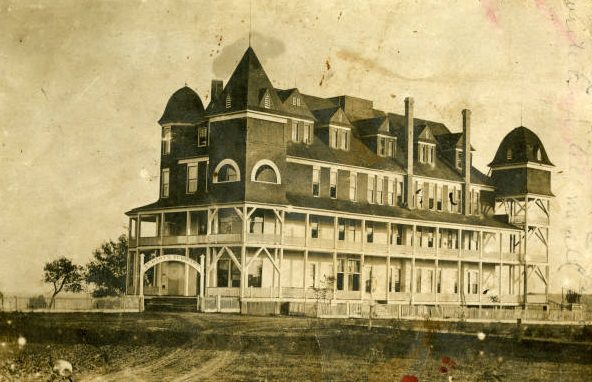
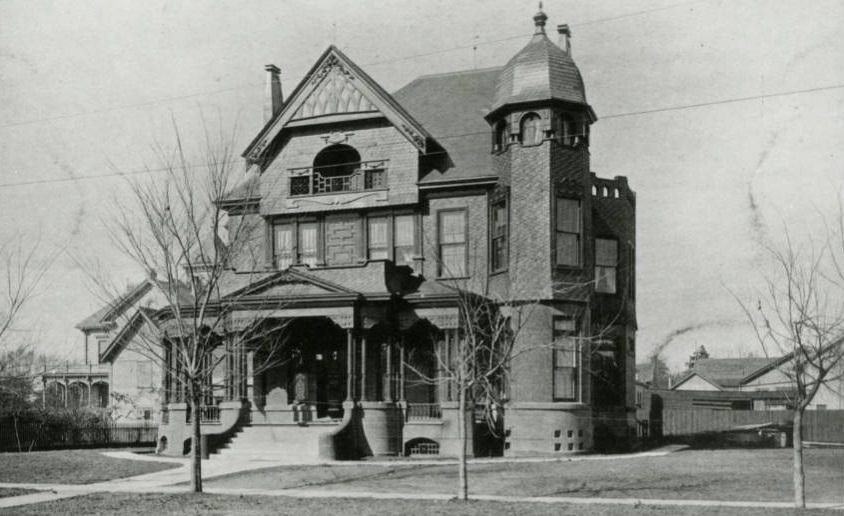
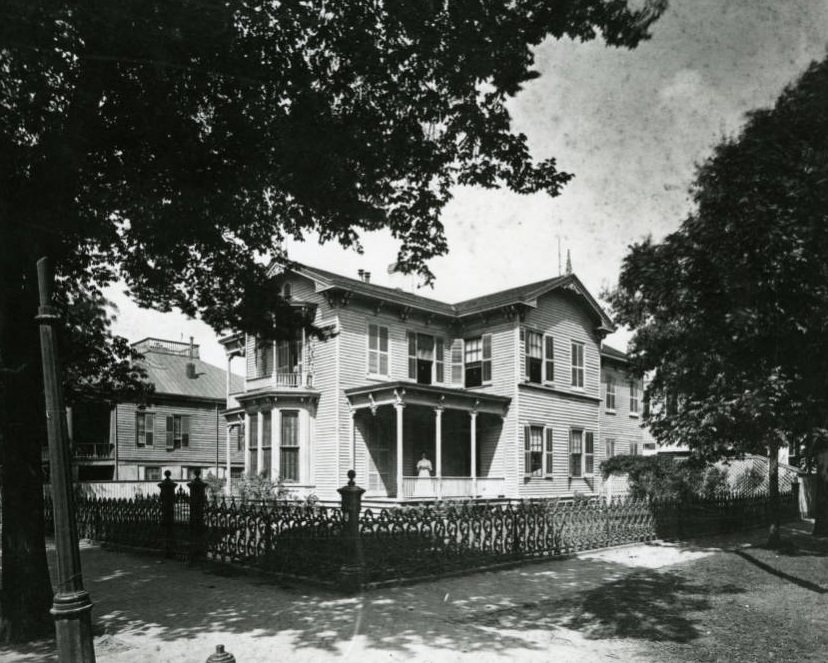
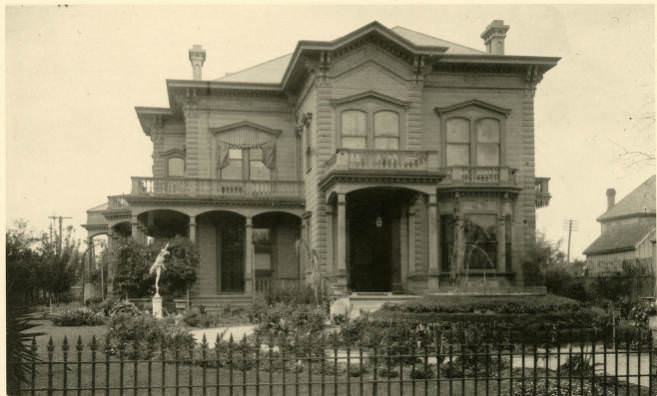
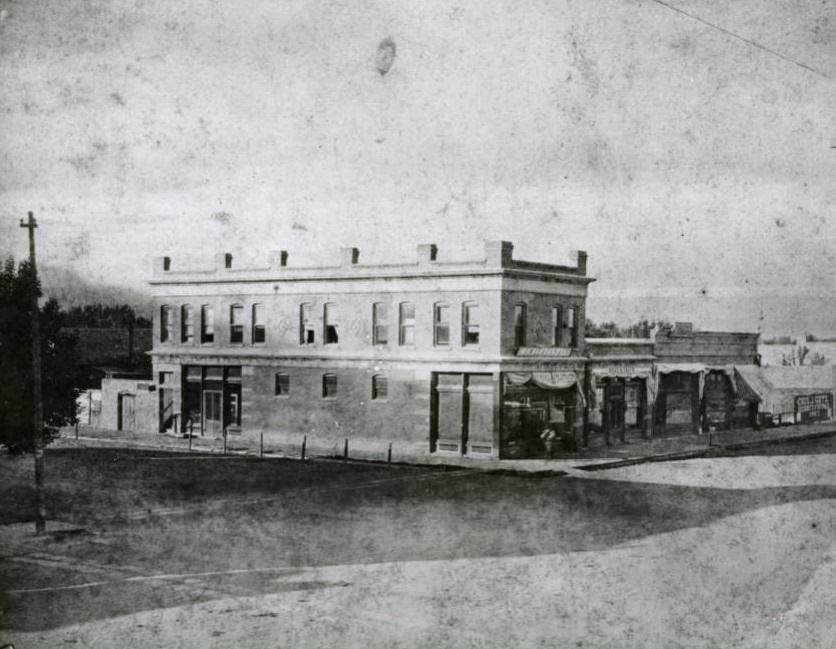
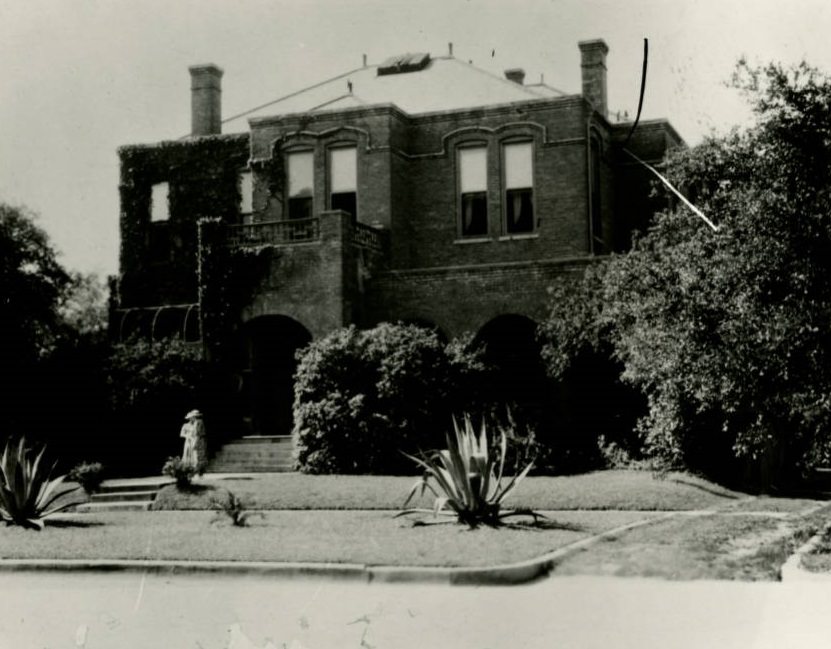
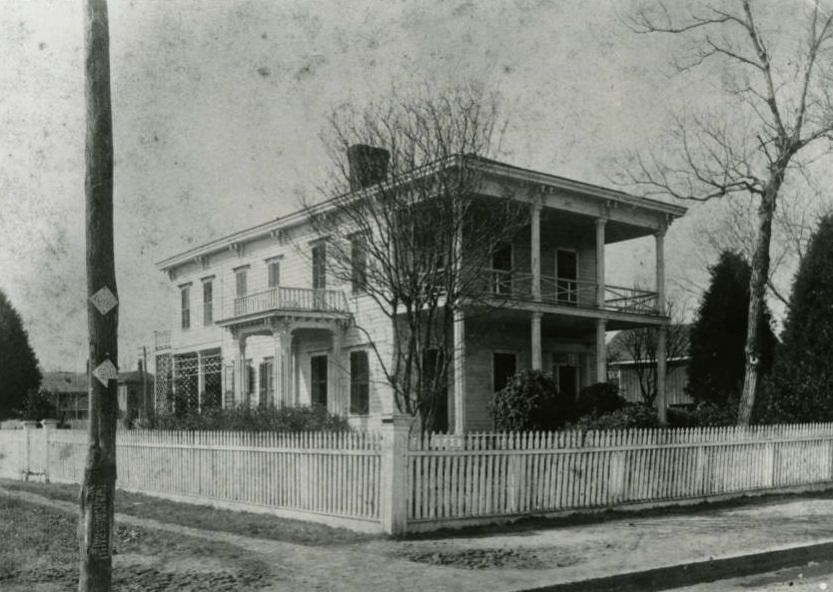
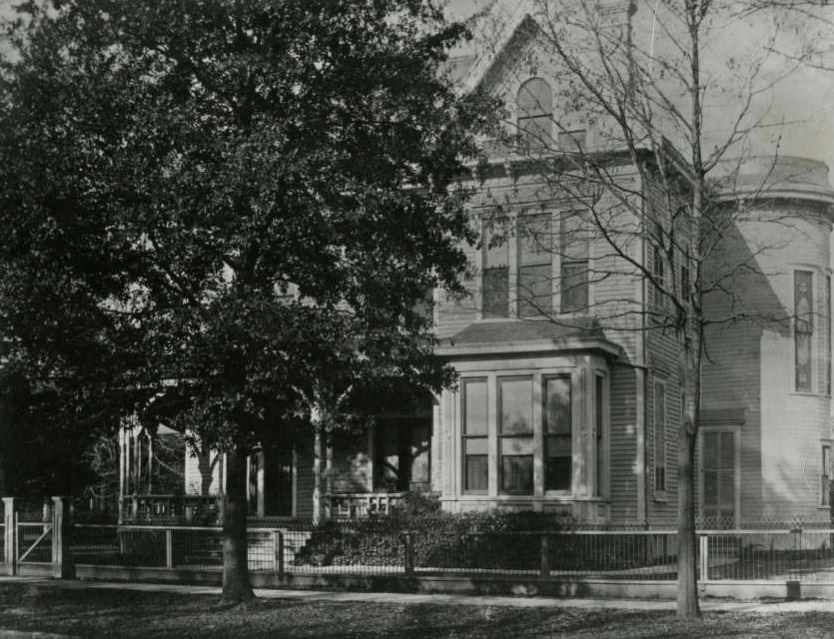
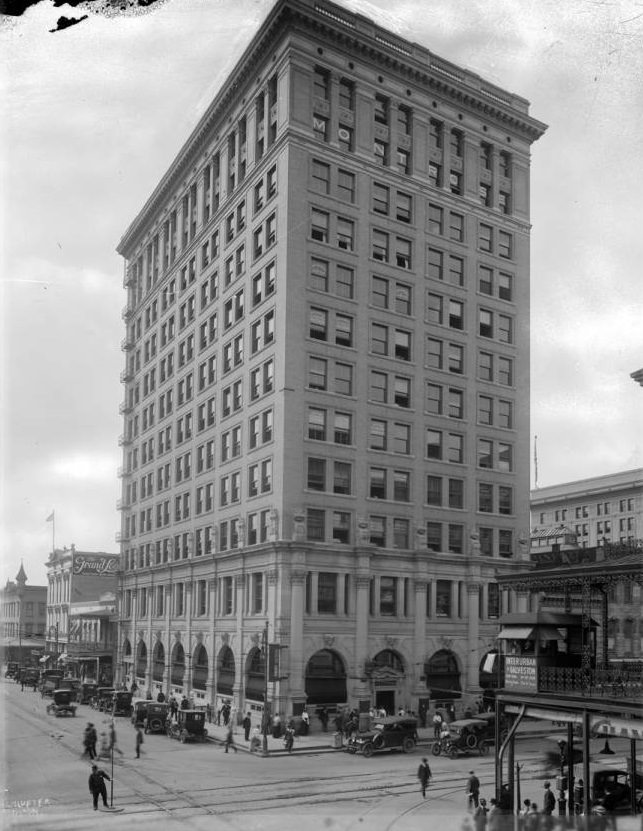
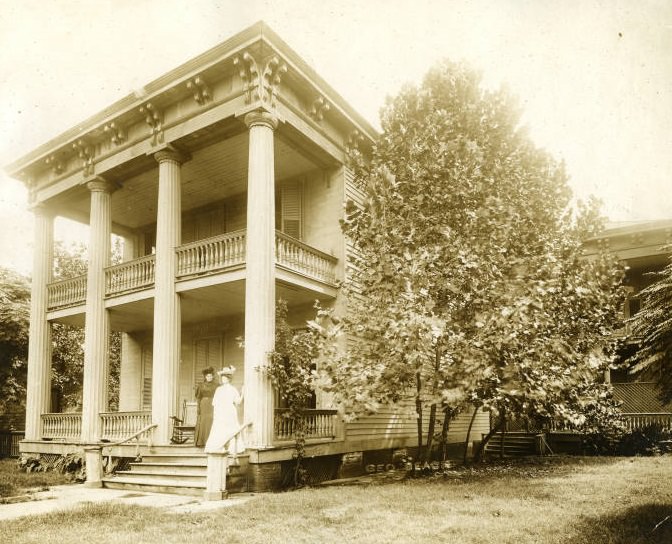
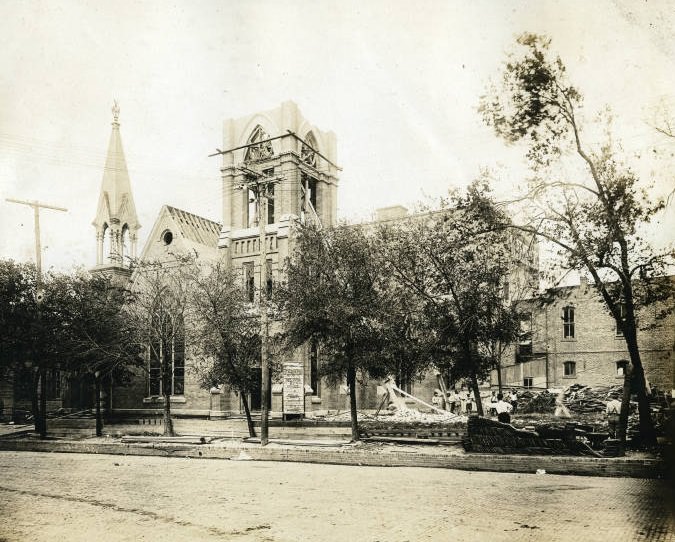
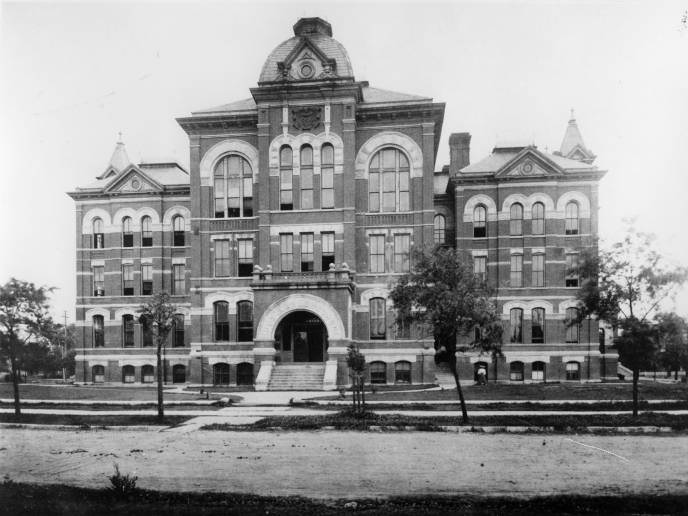
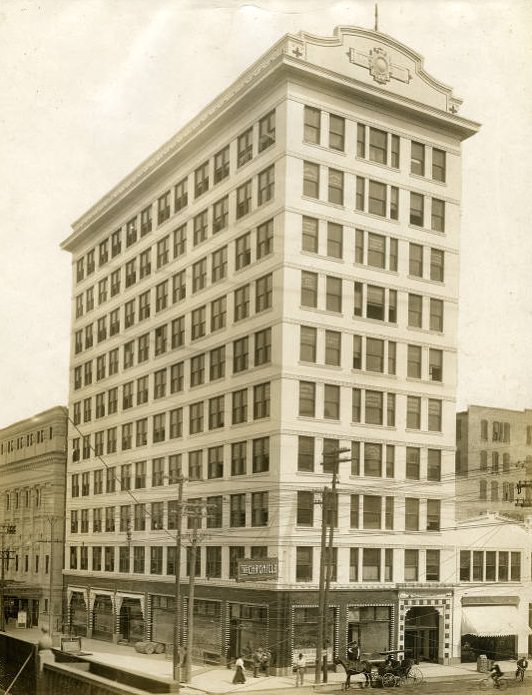
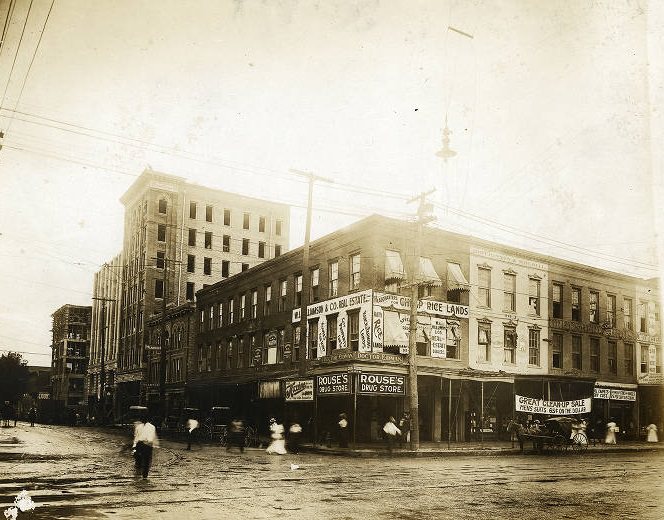
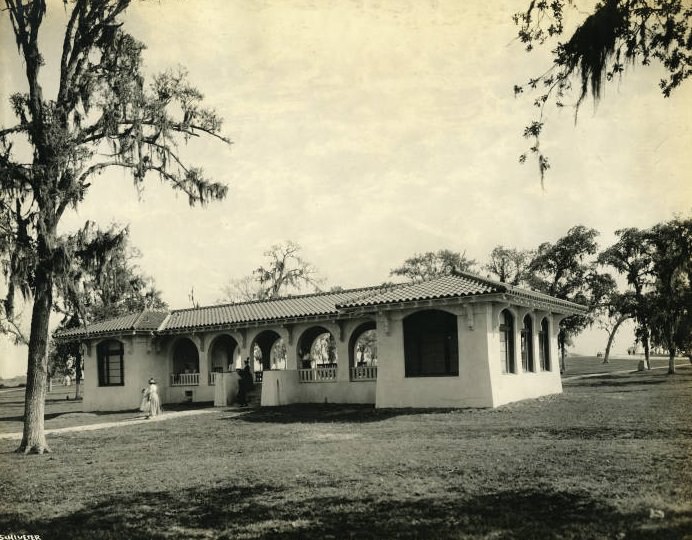
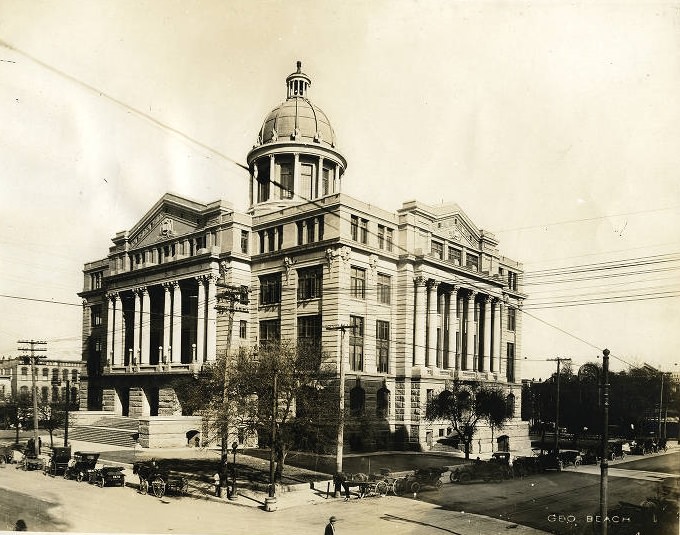
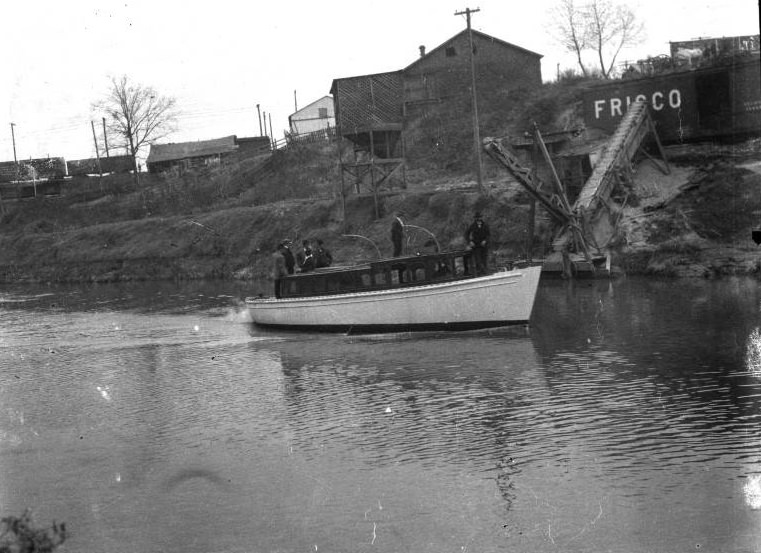
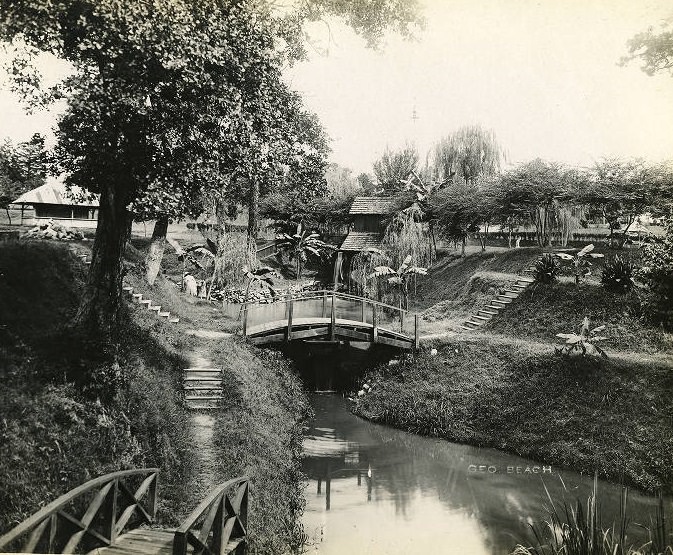
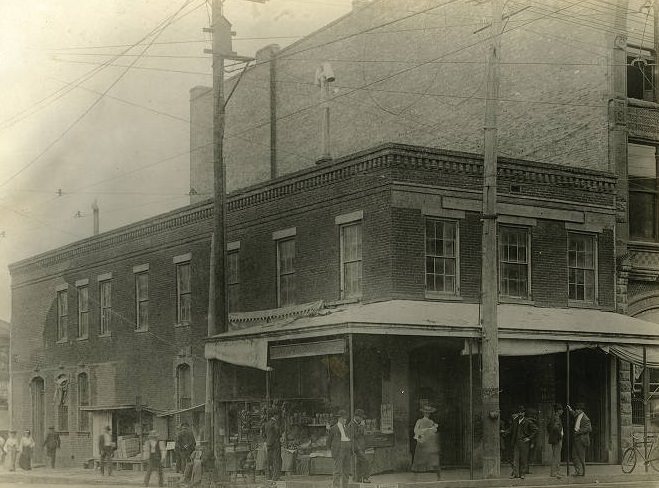
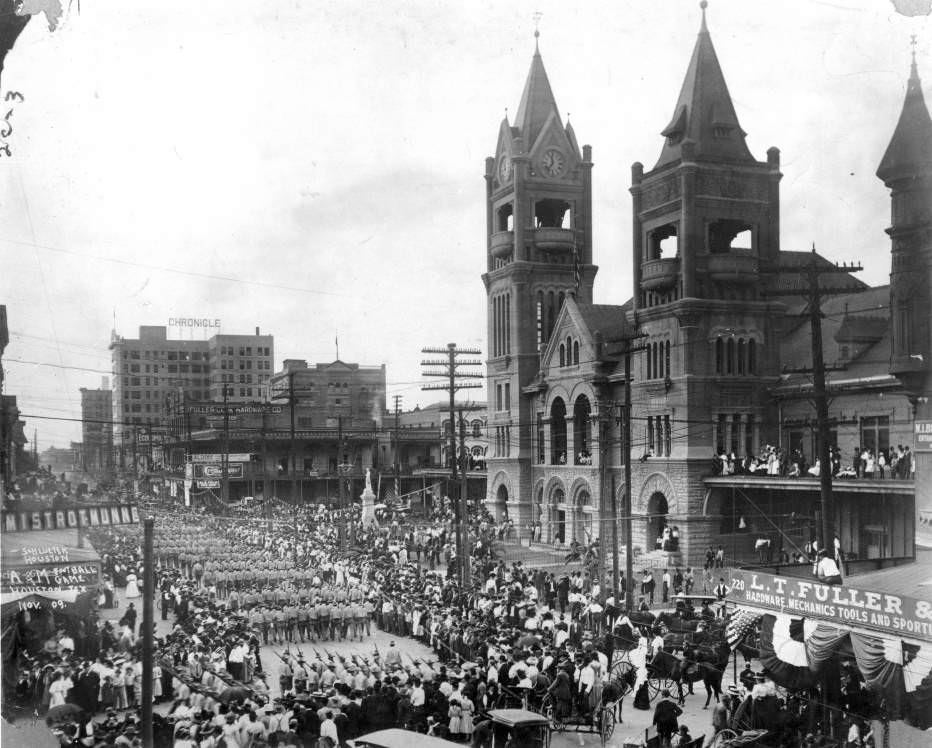
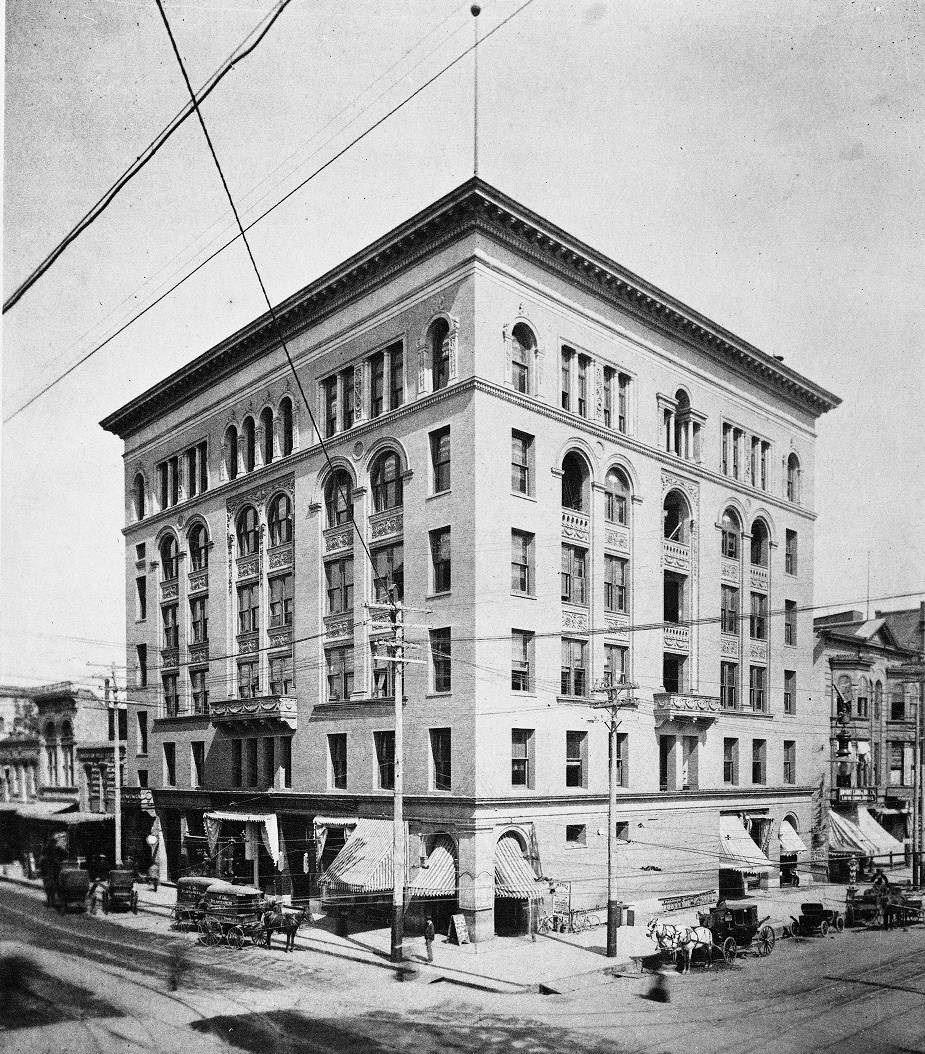
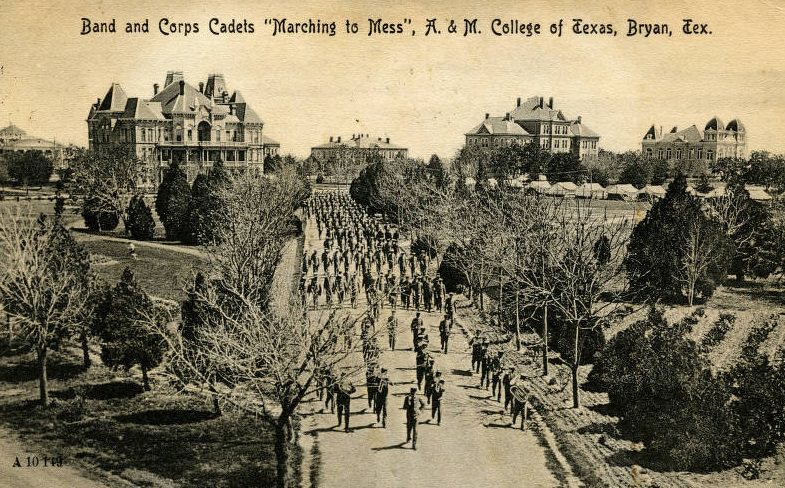
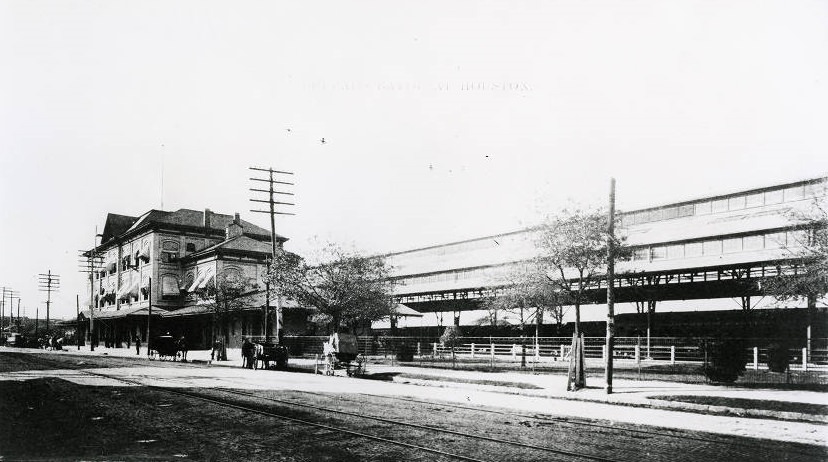

little heavy on the address-free residential photos
Very cool. I love all the pictures of Grand Central Depot especially
The La Porte Depot is still there. Just before you get to Sylva Beach
I can remember what the 20th century looked like. I feel like it was only 25 years ago.